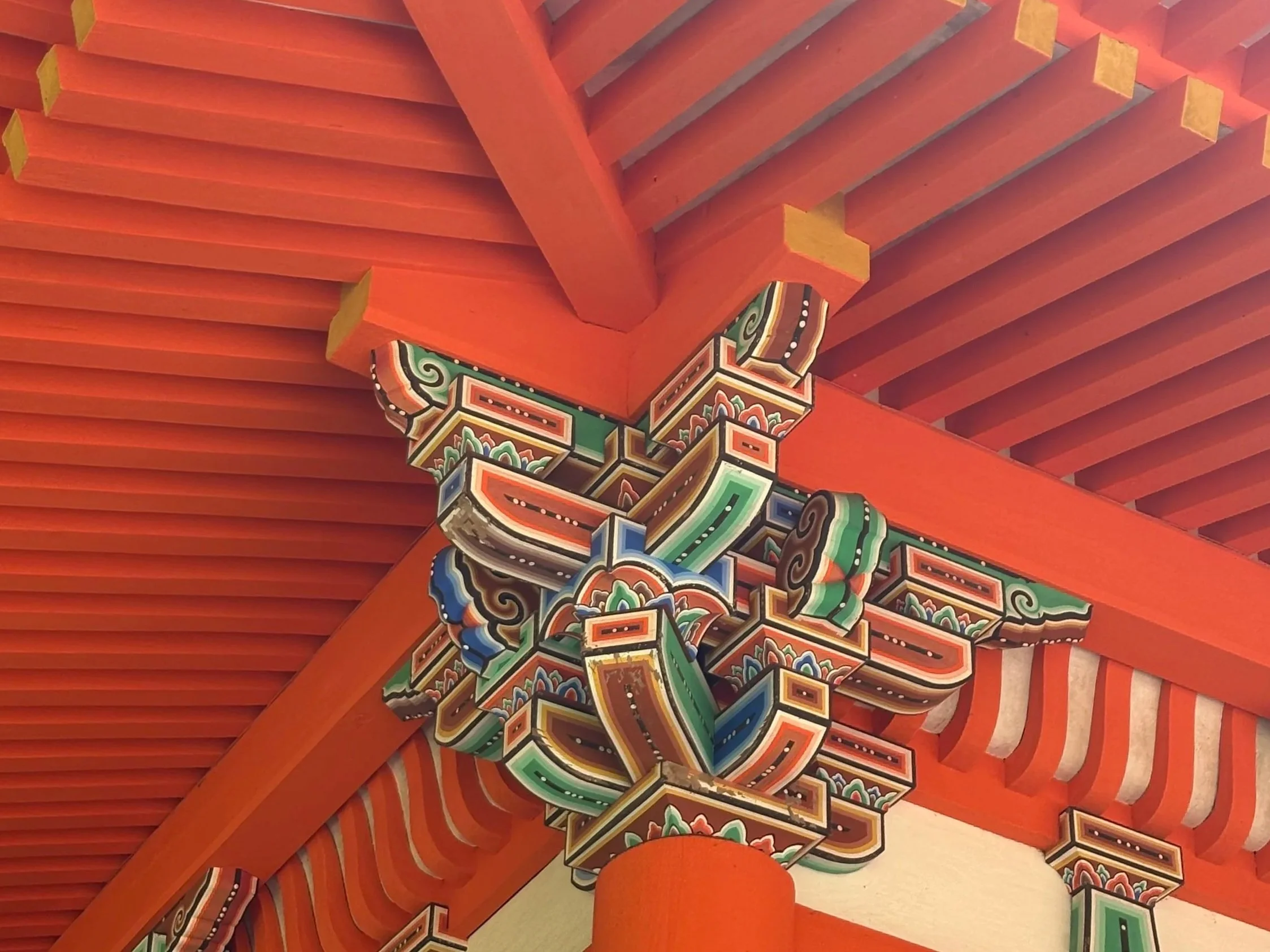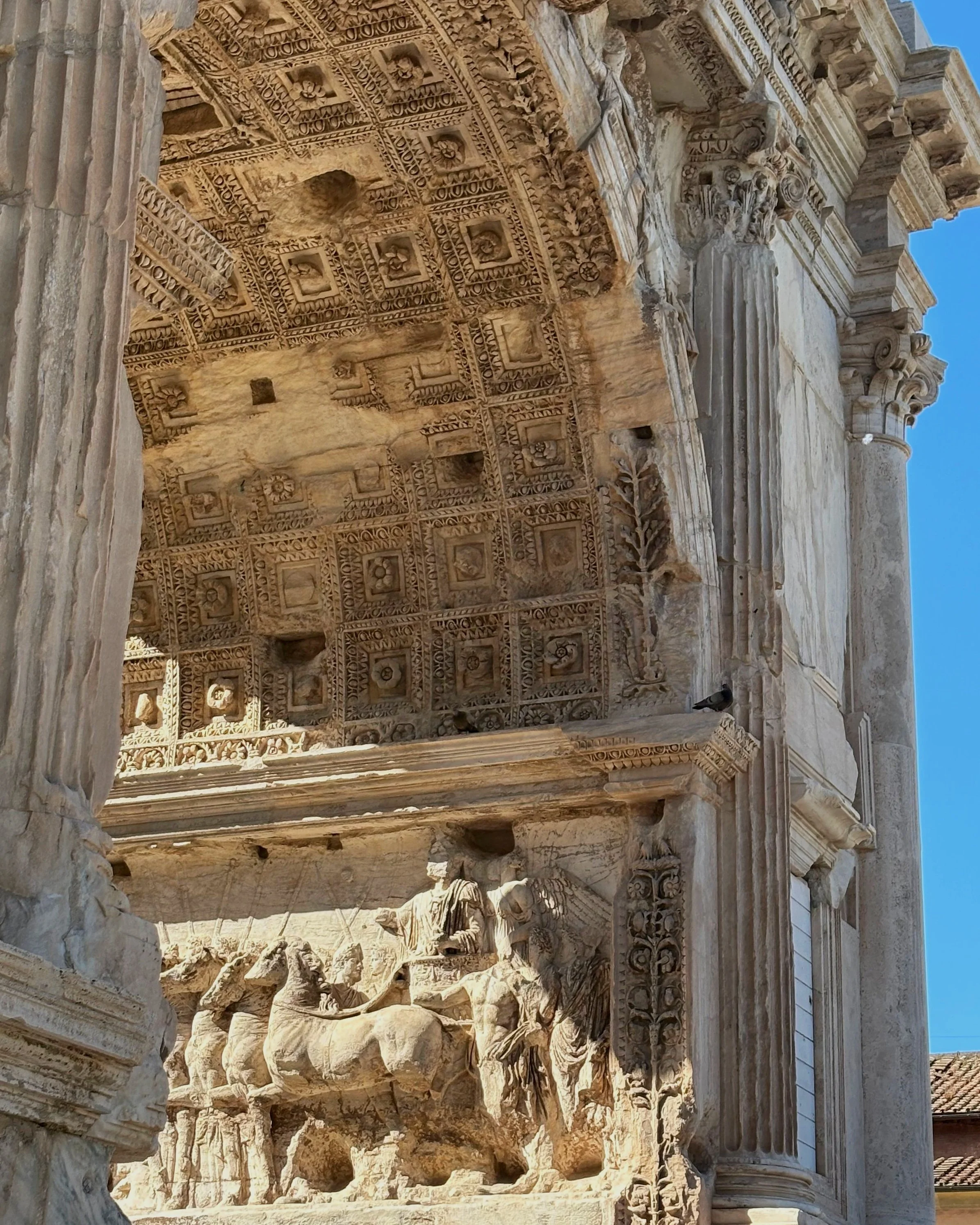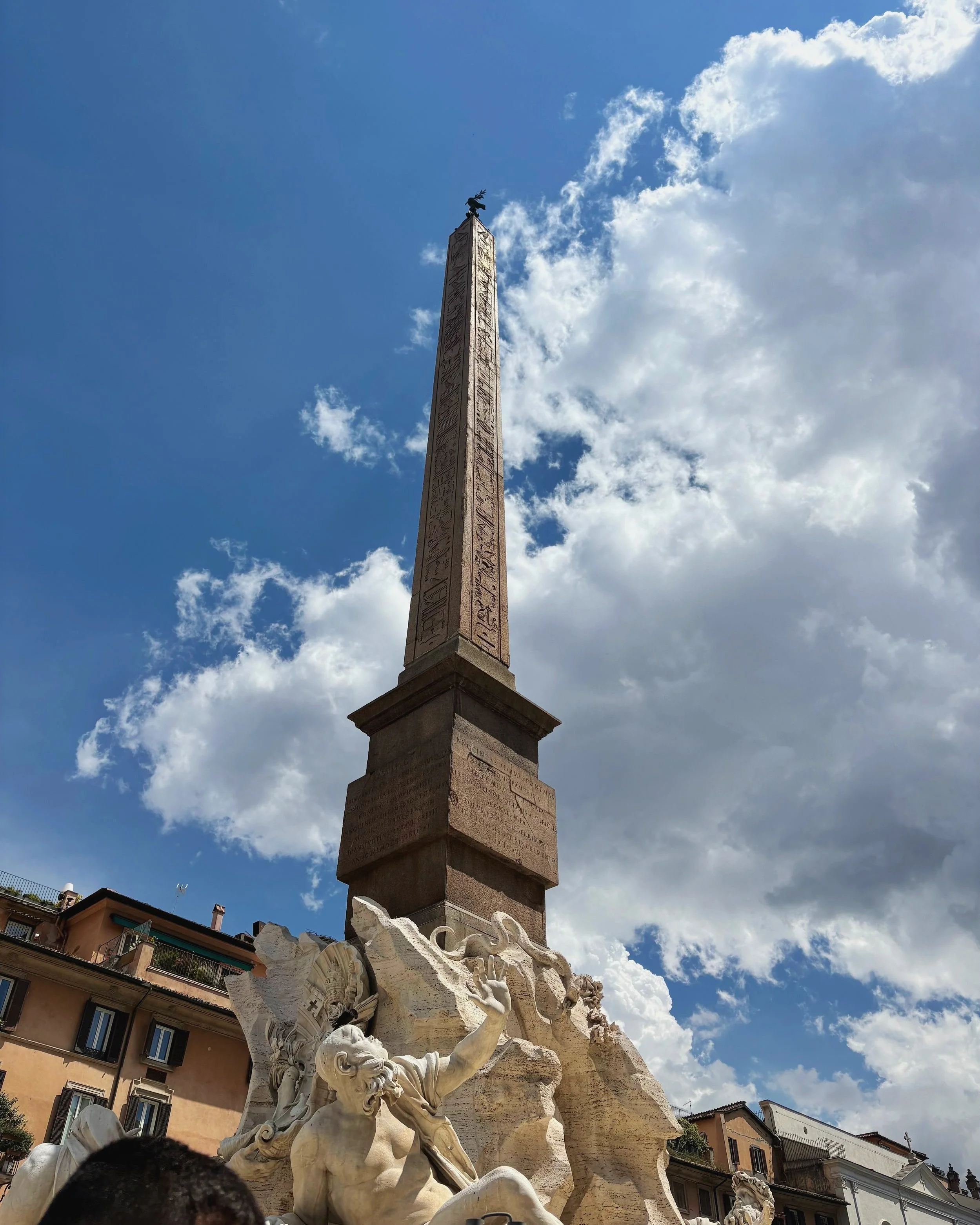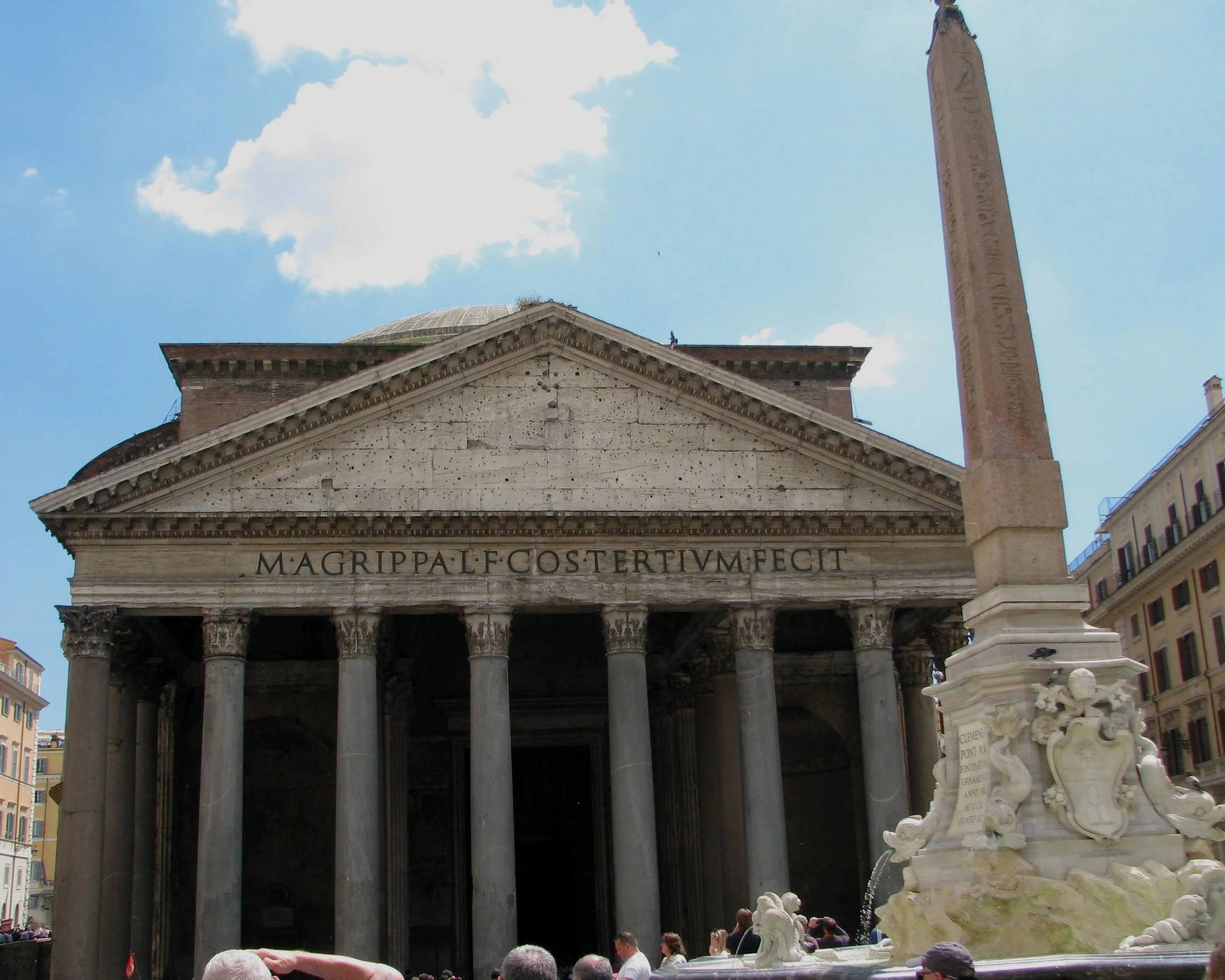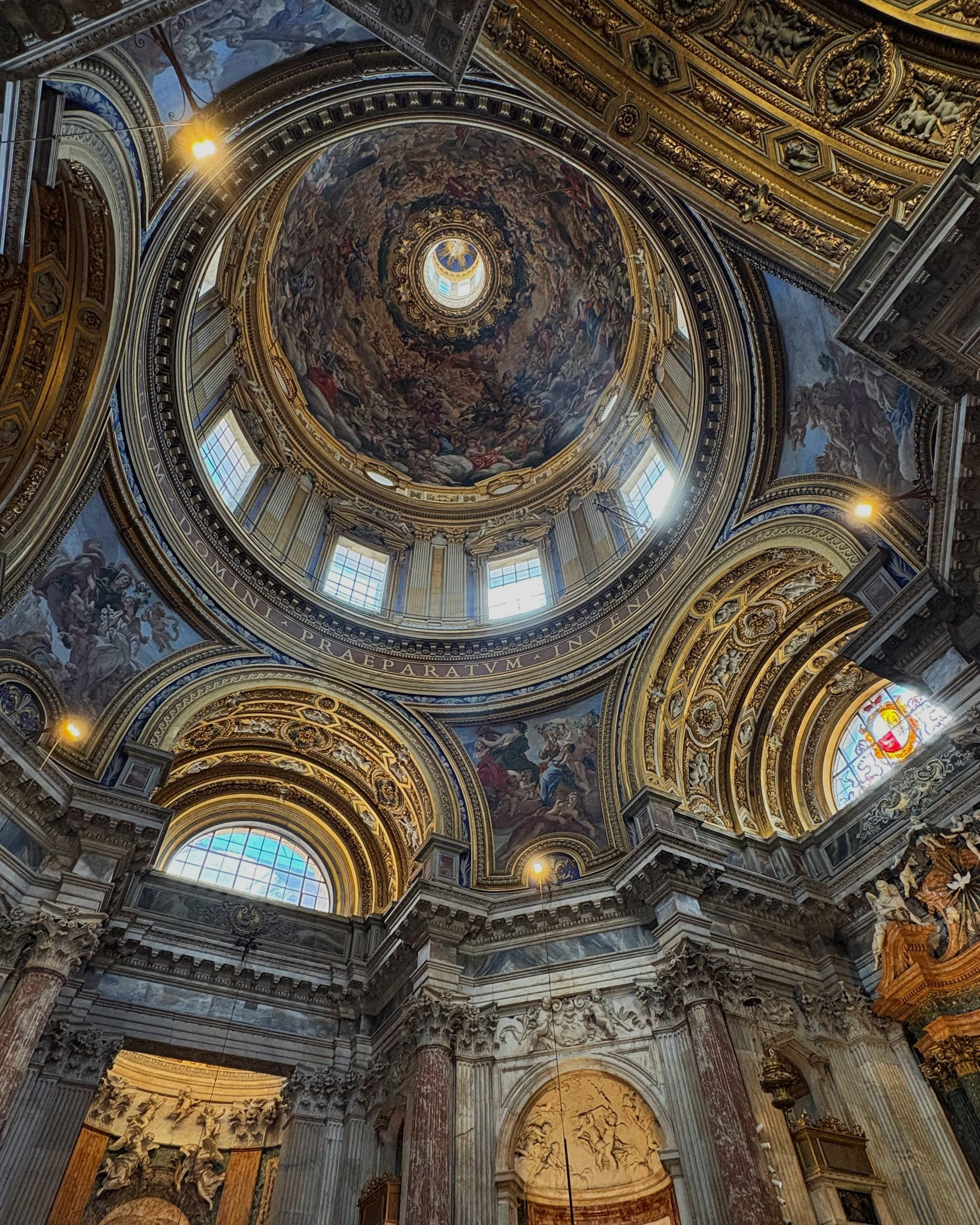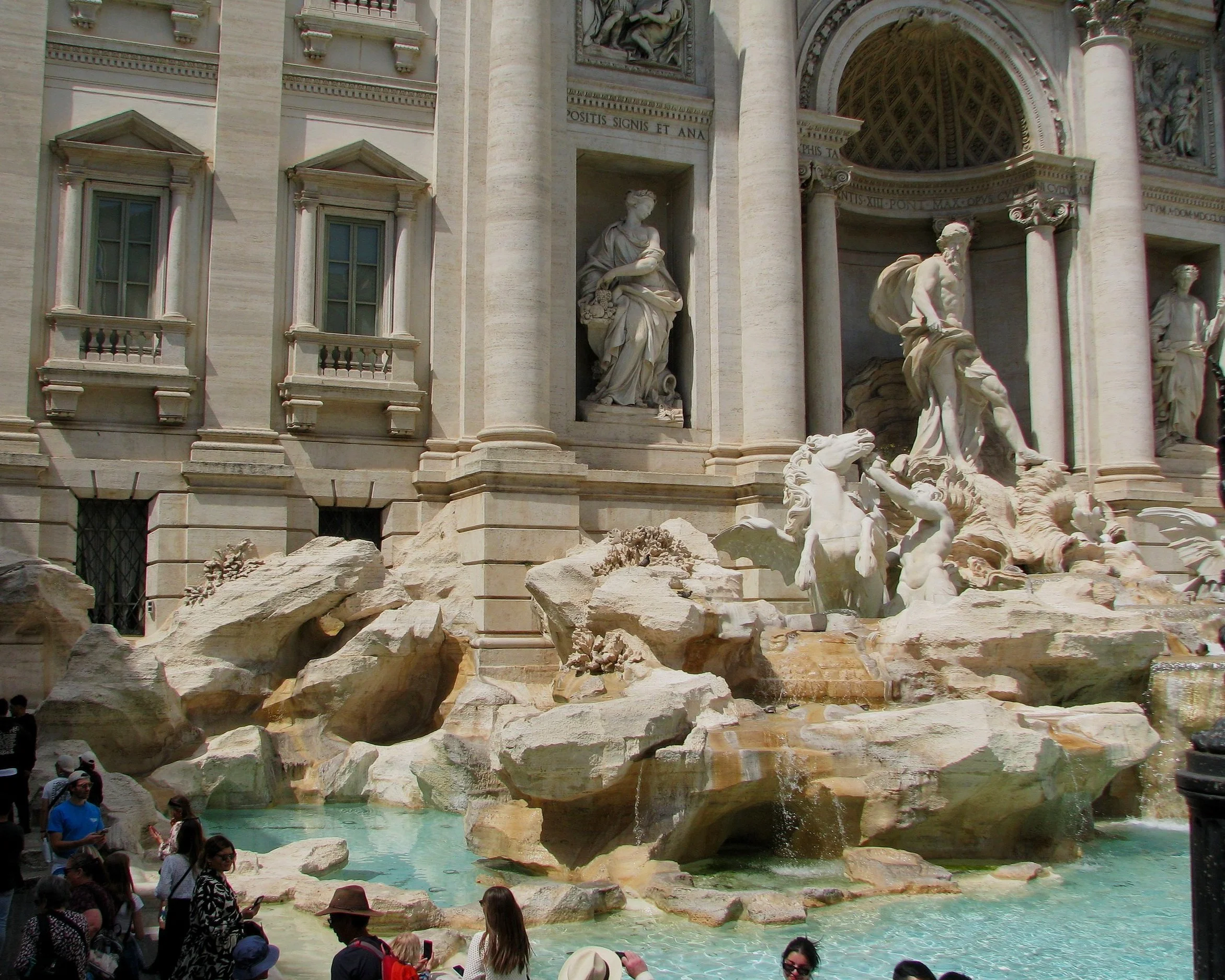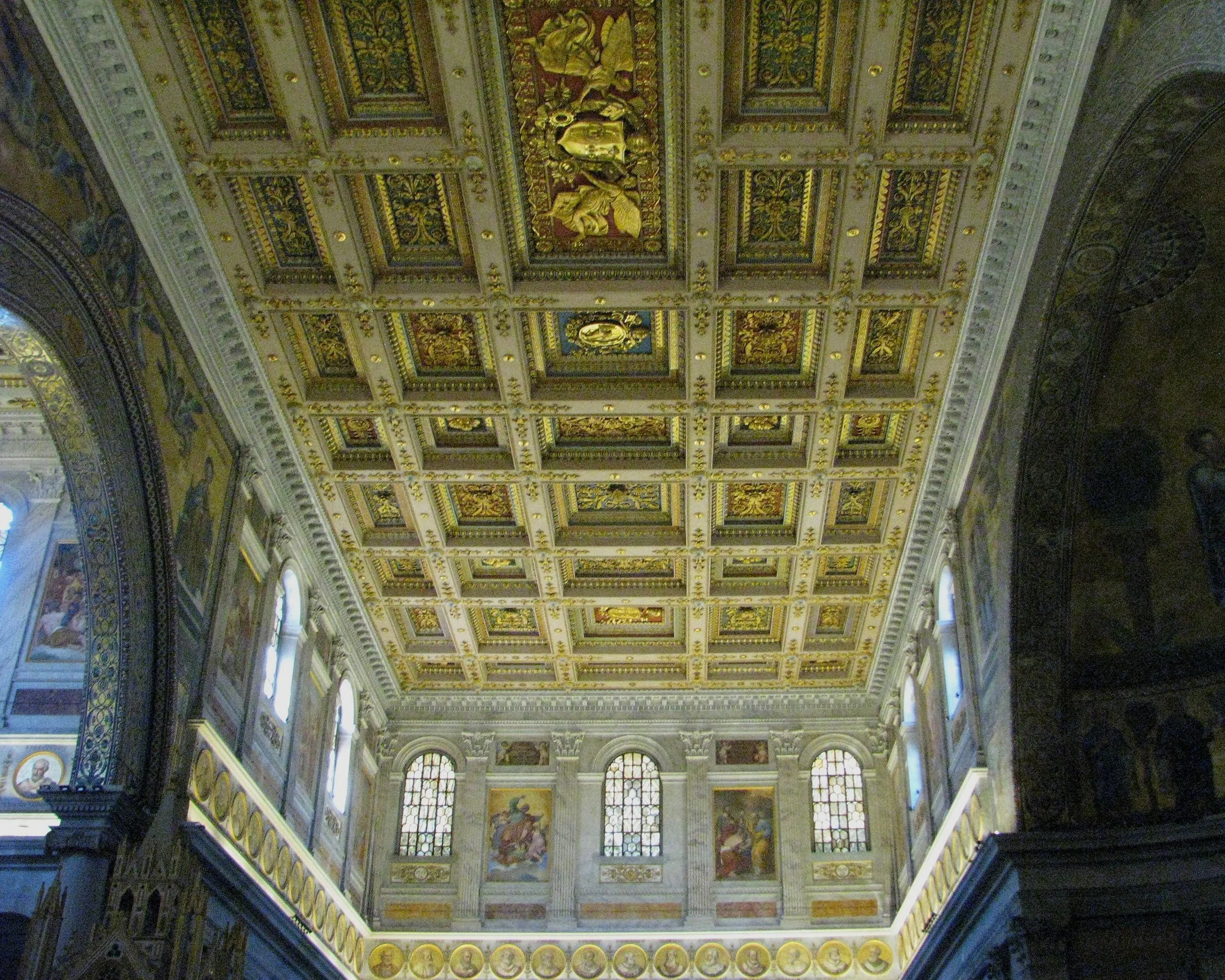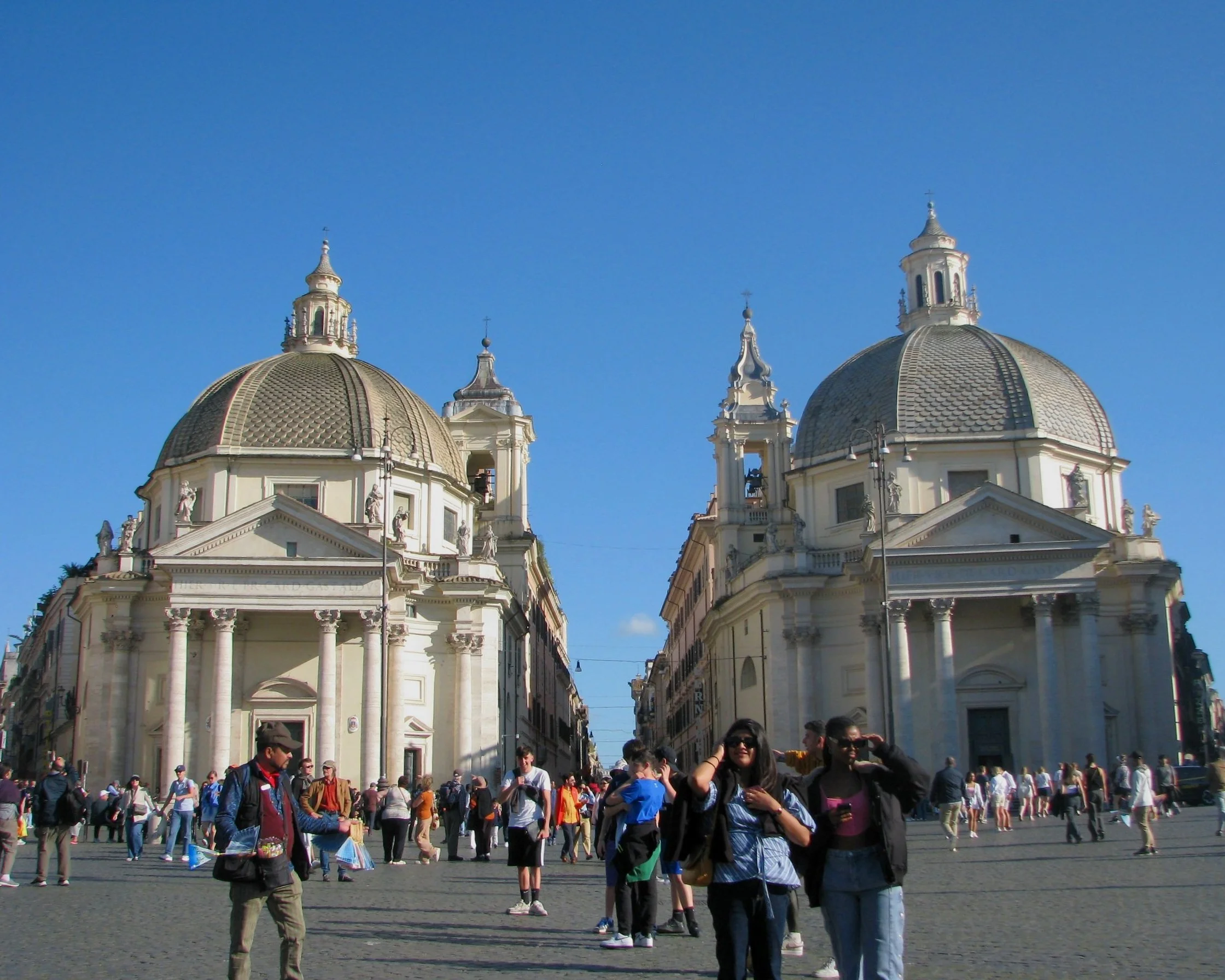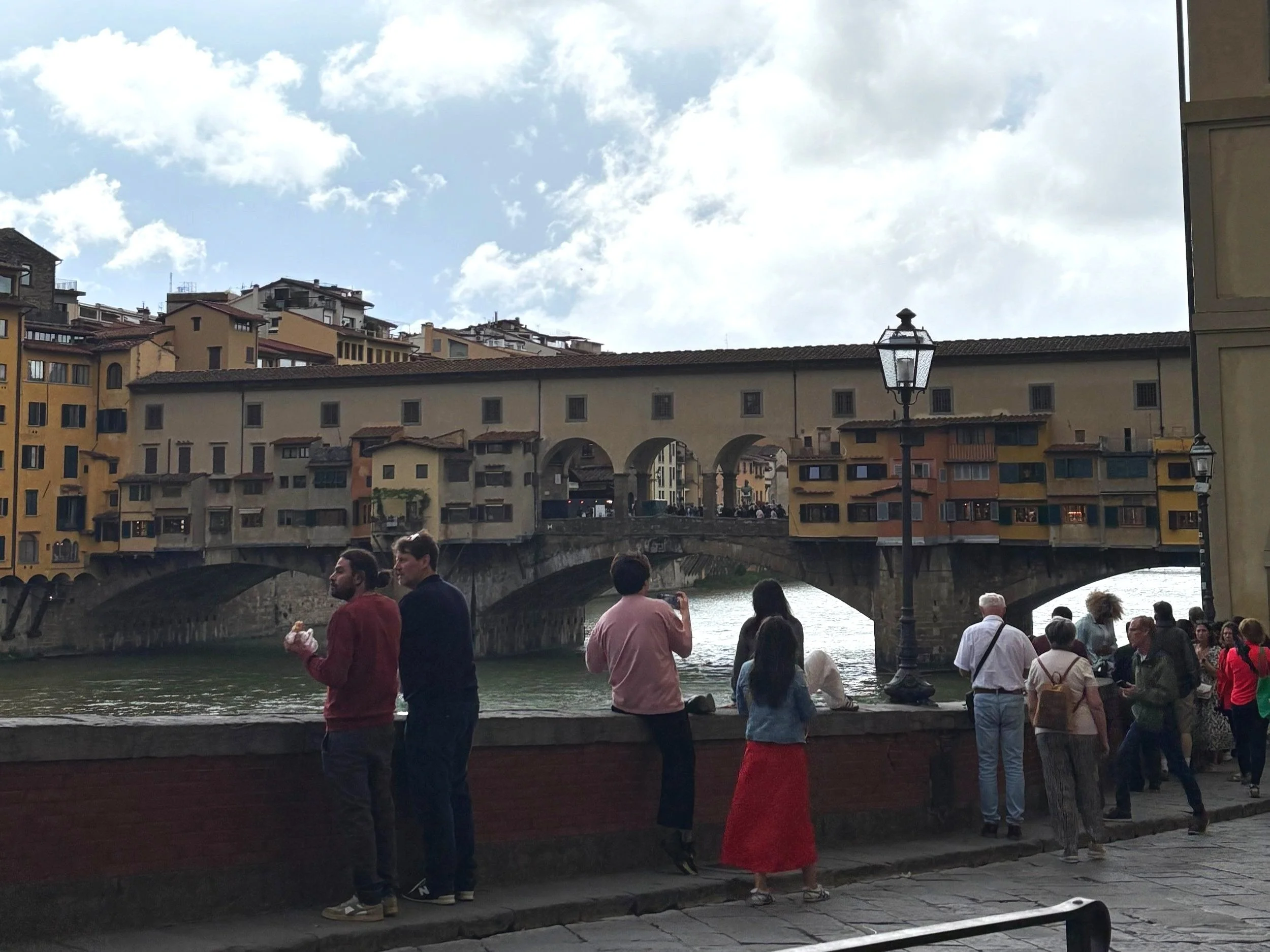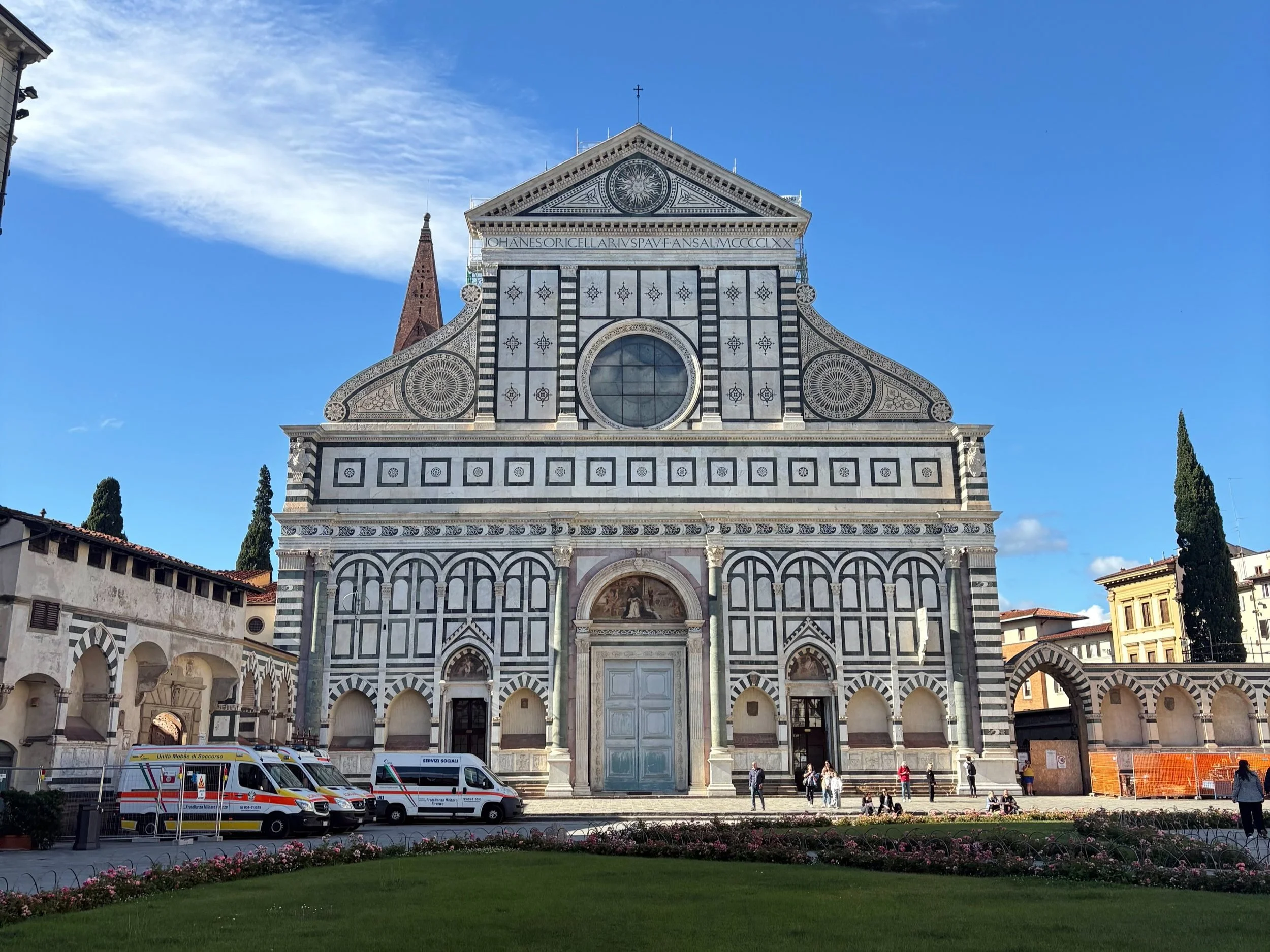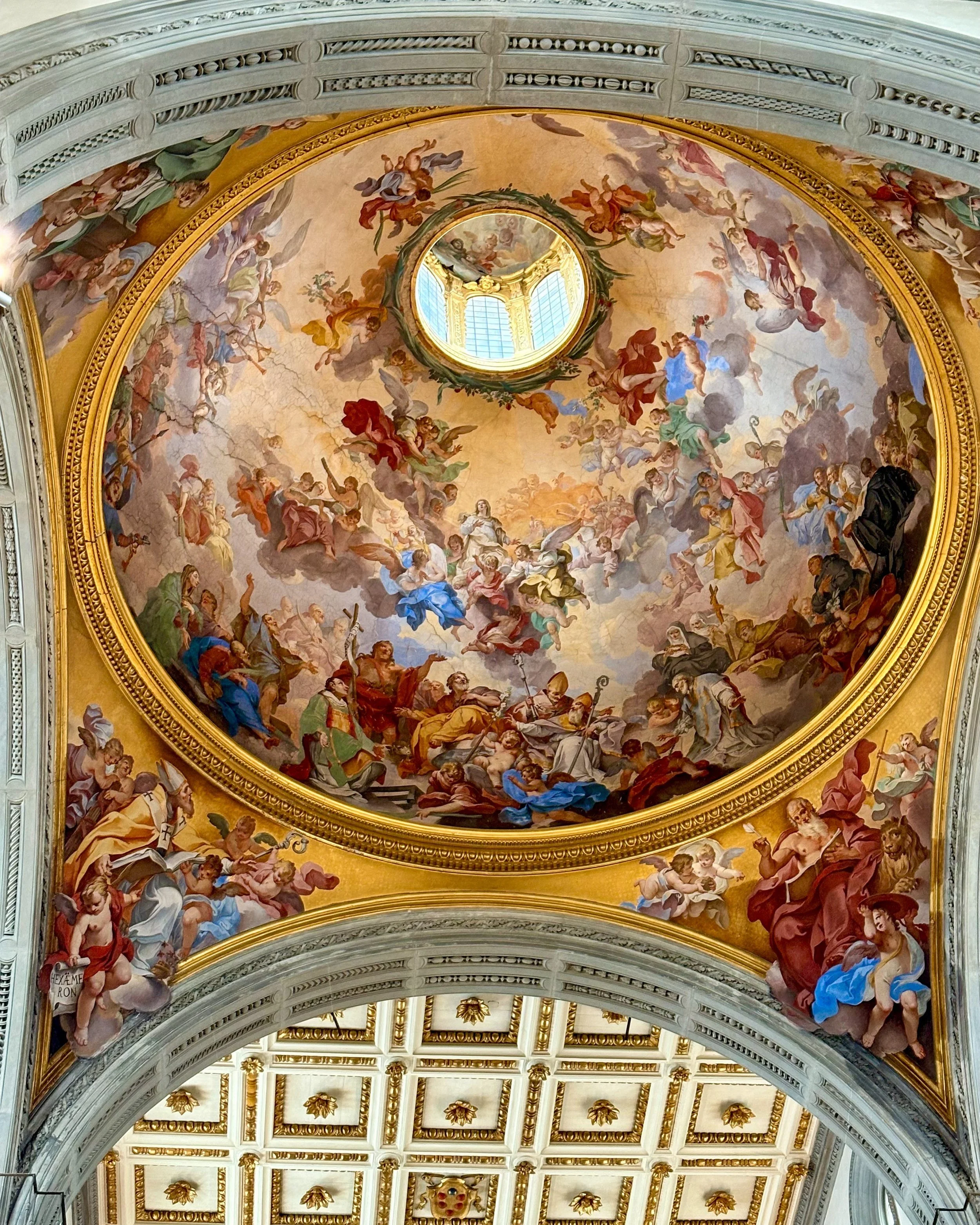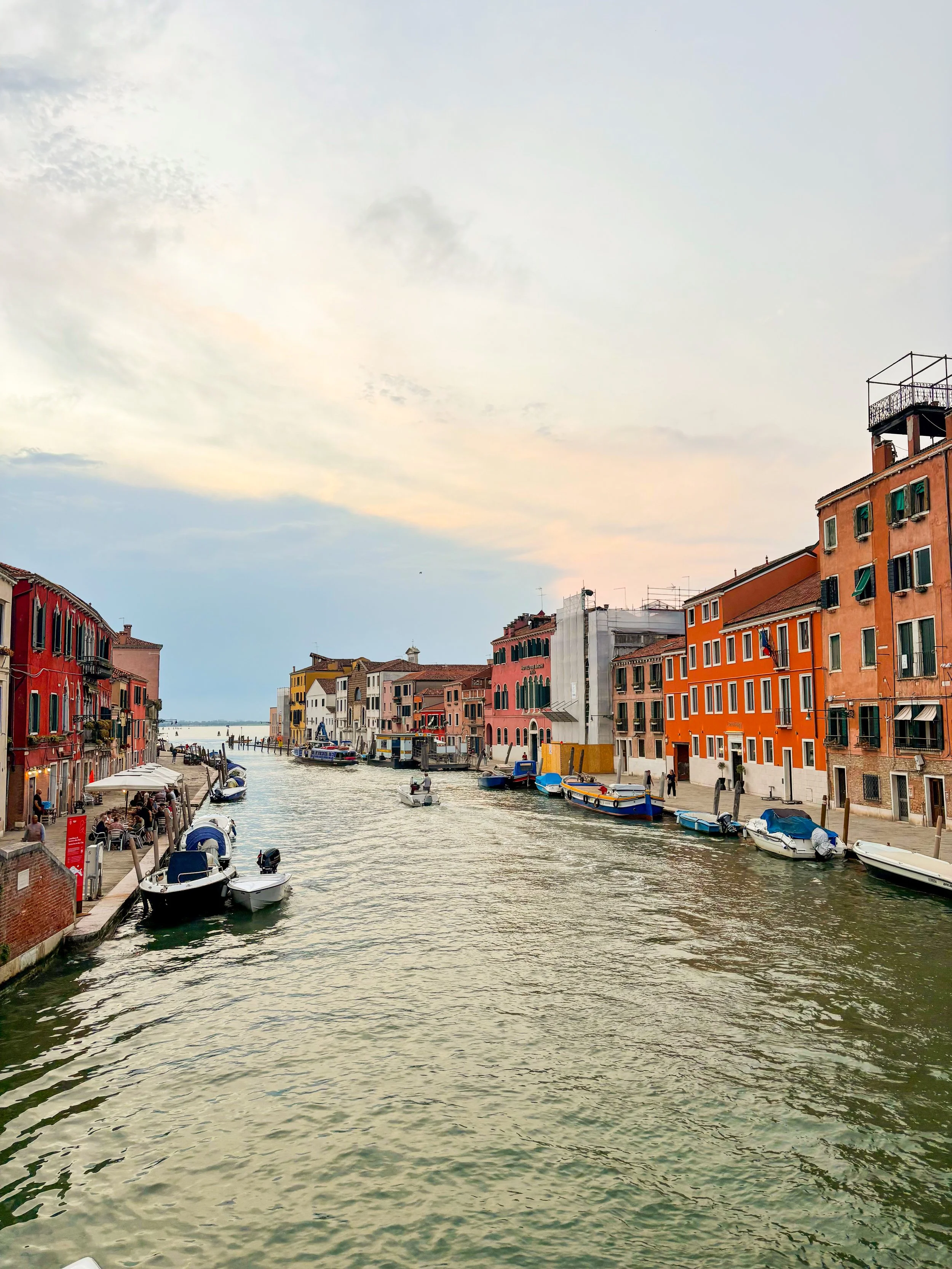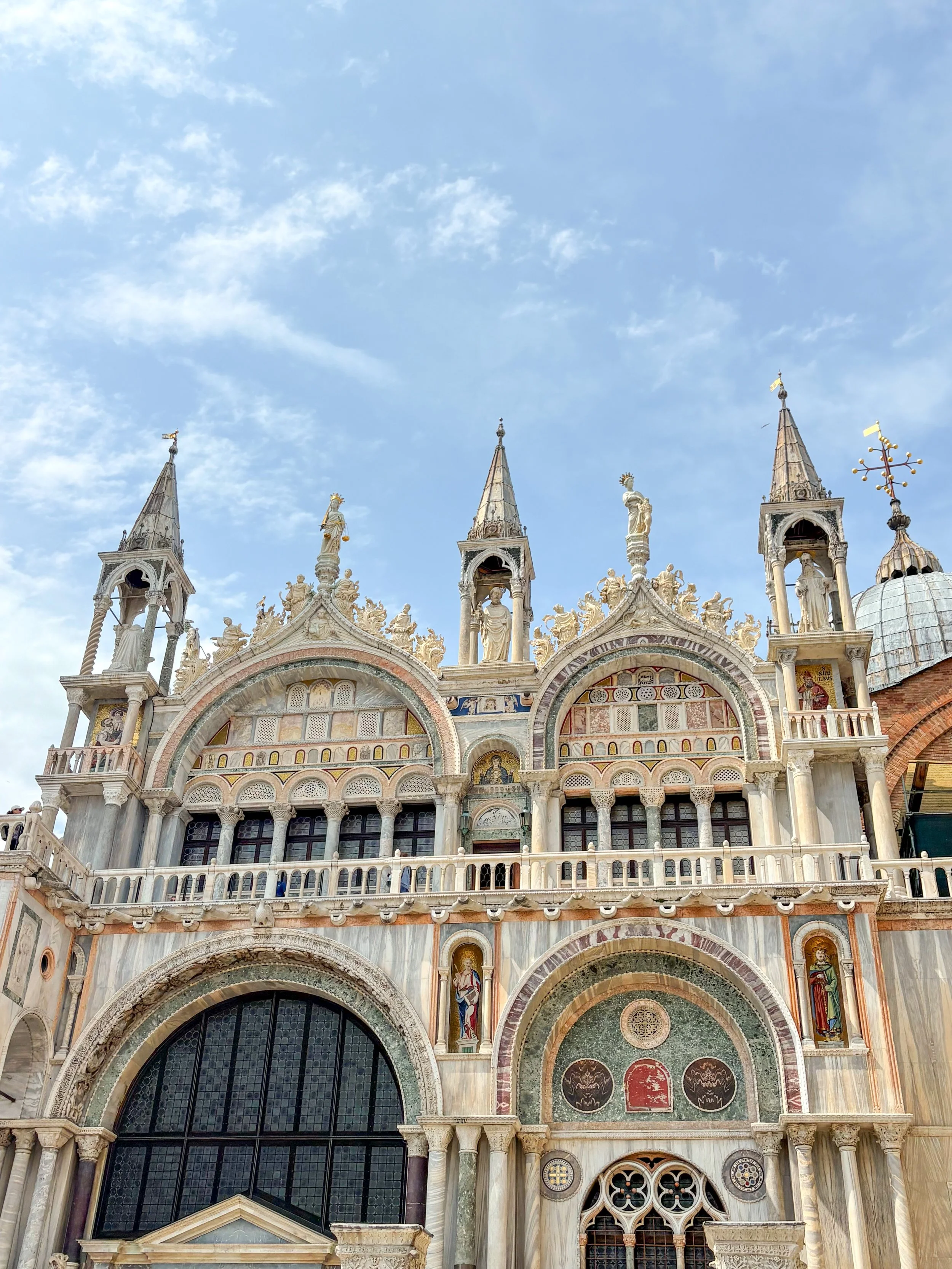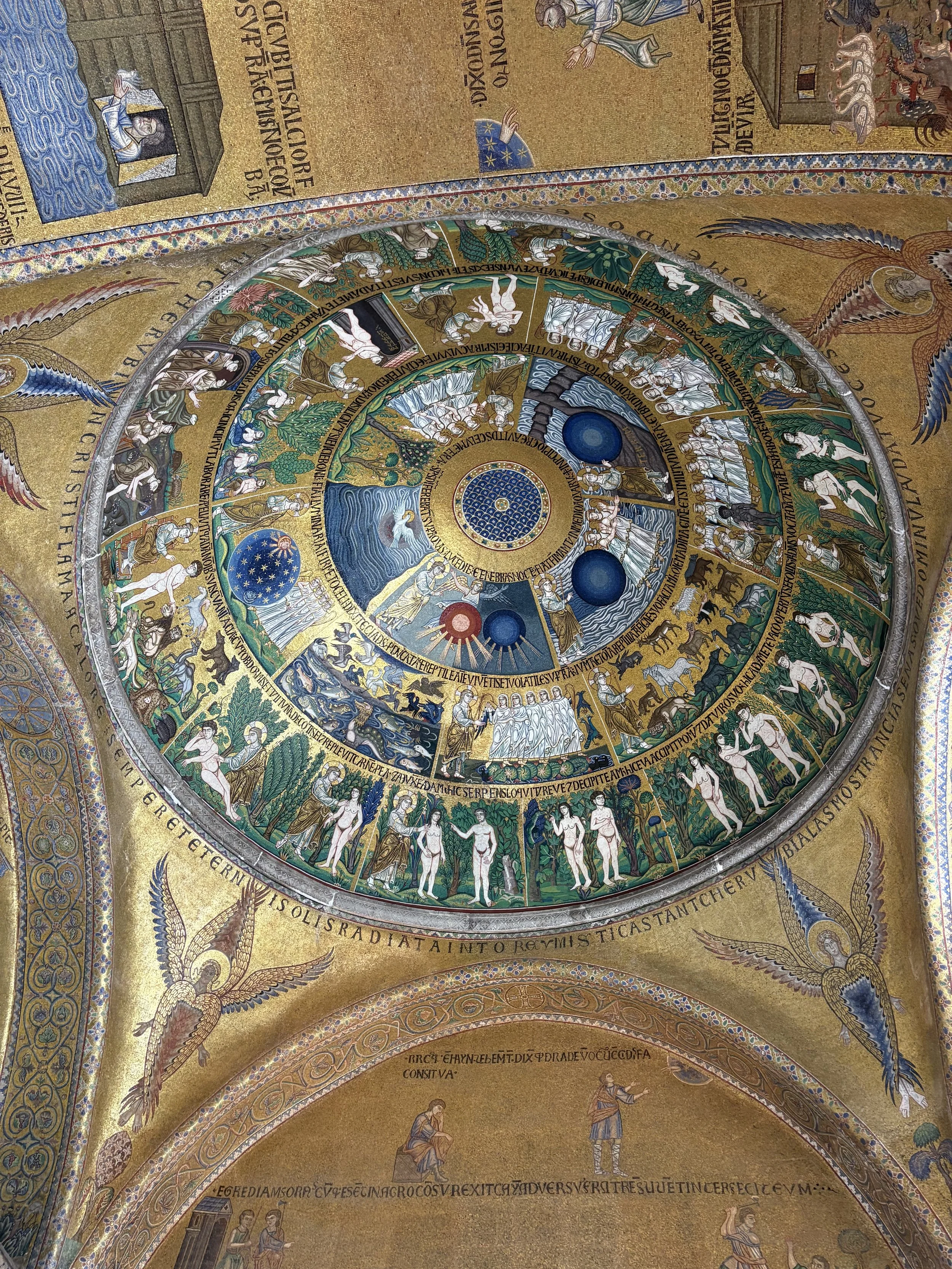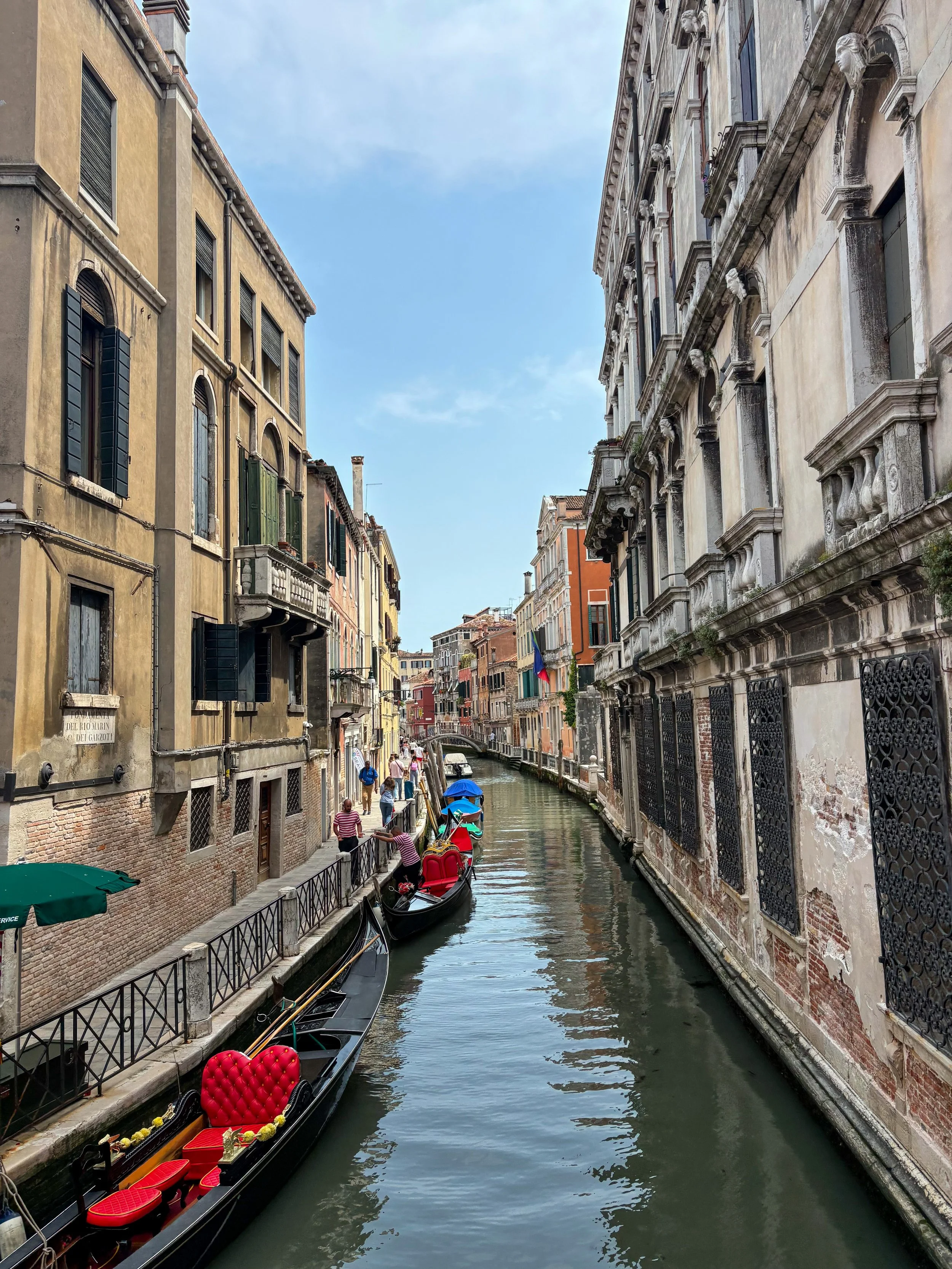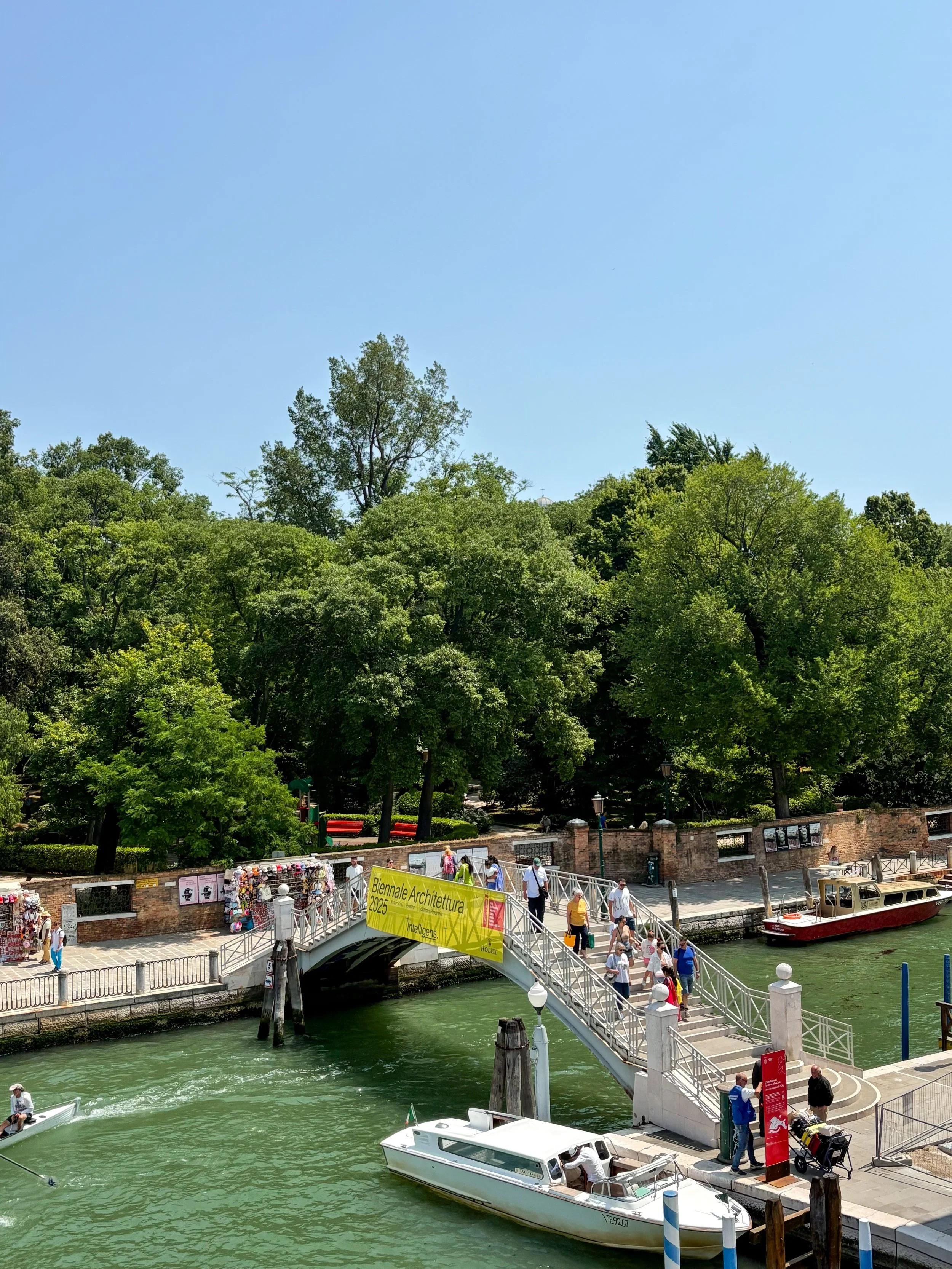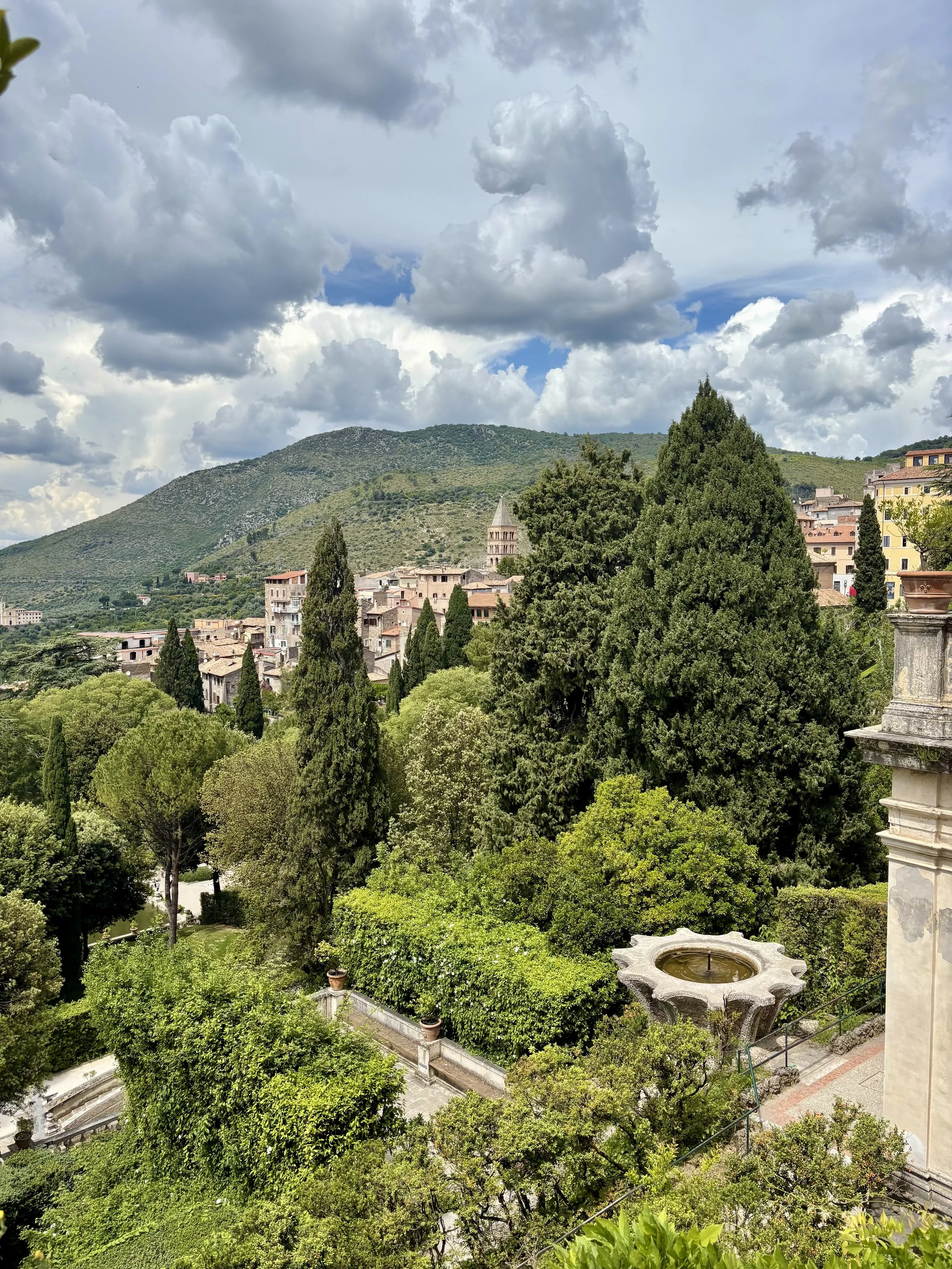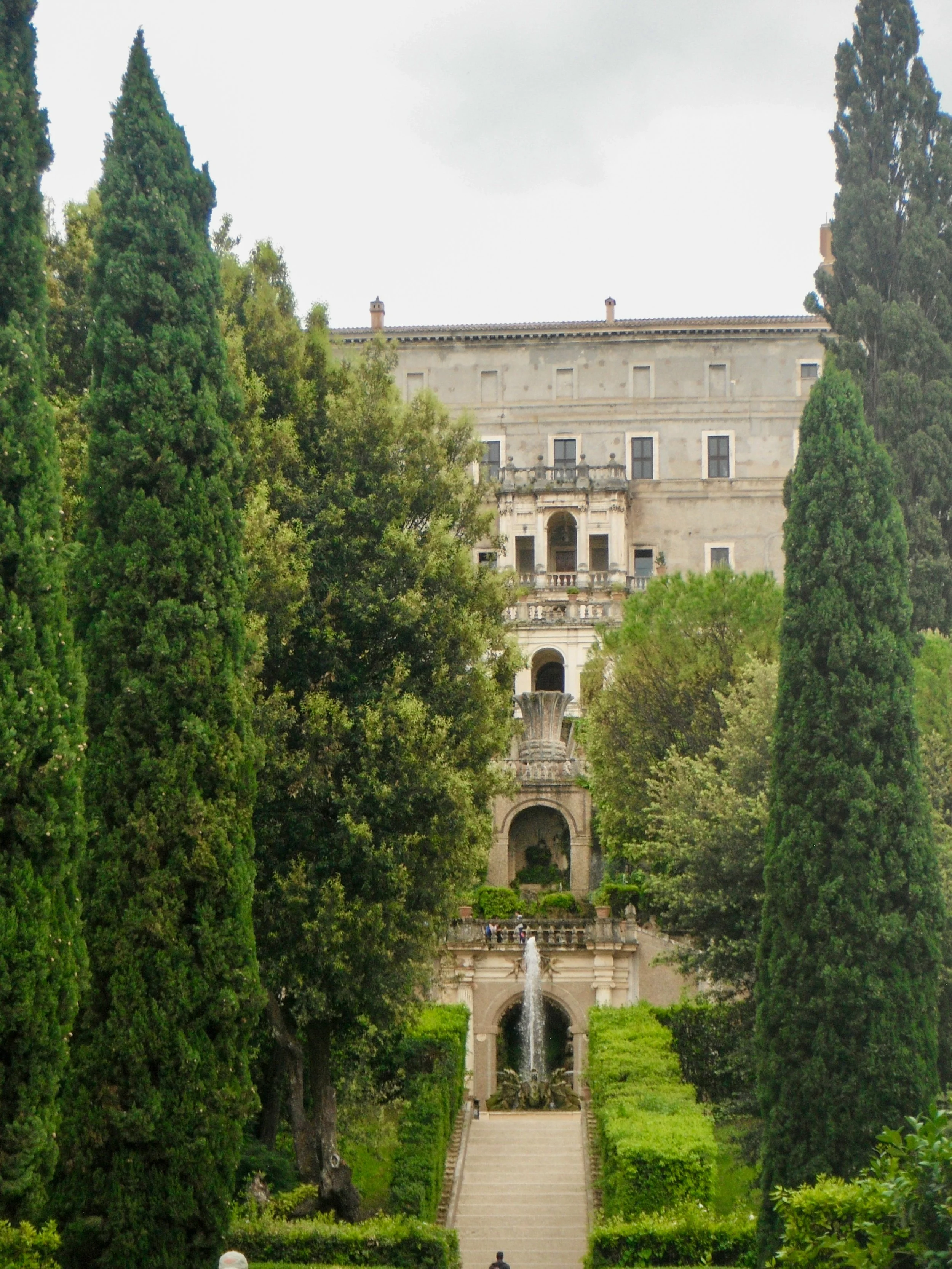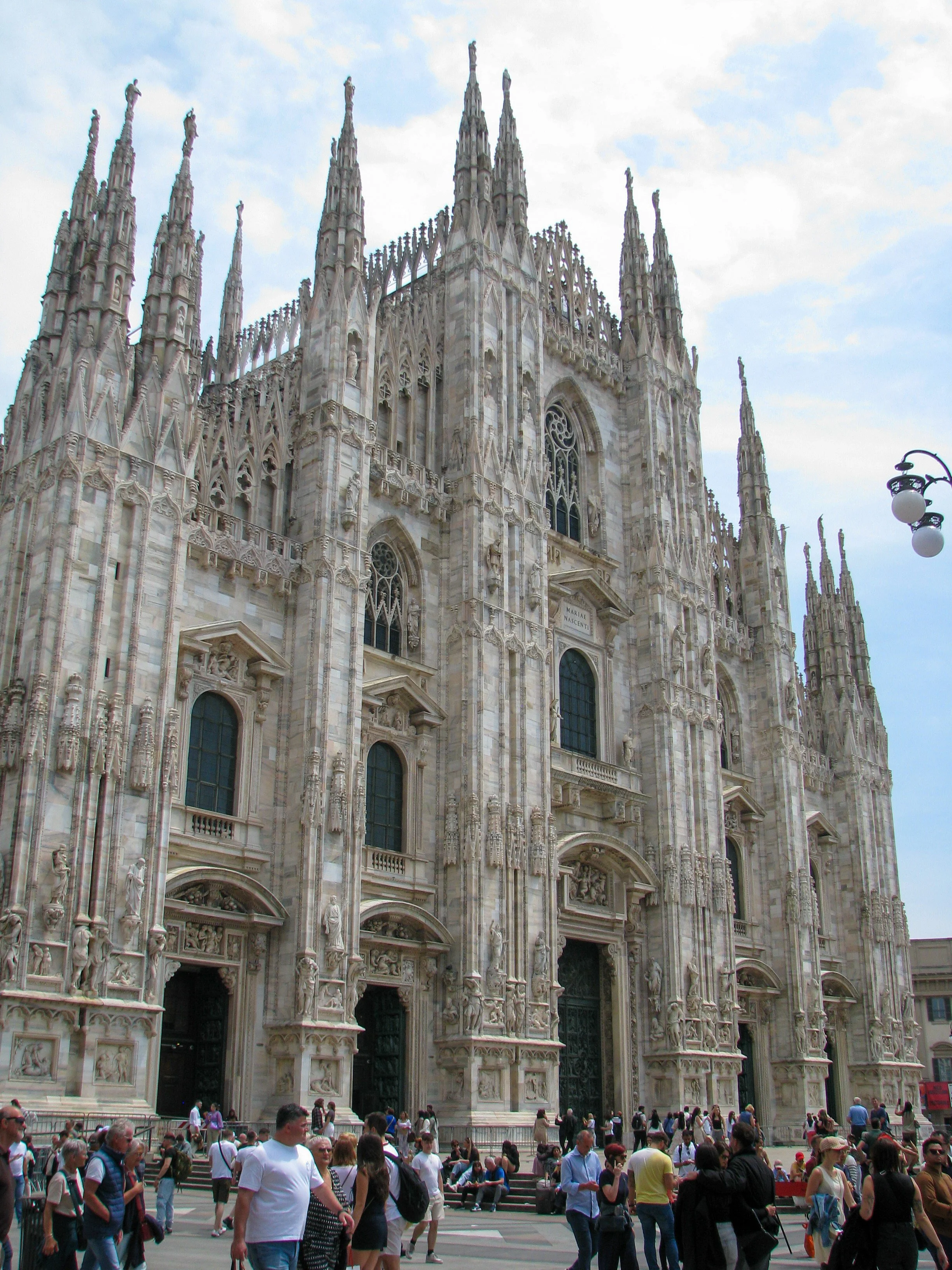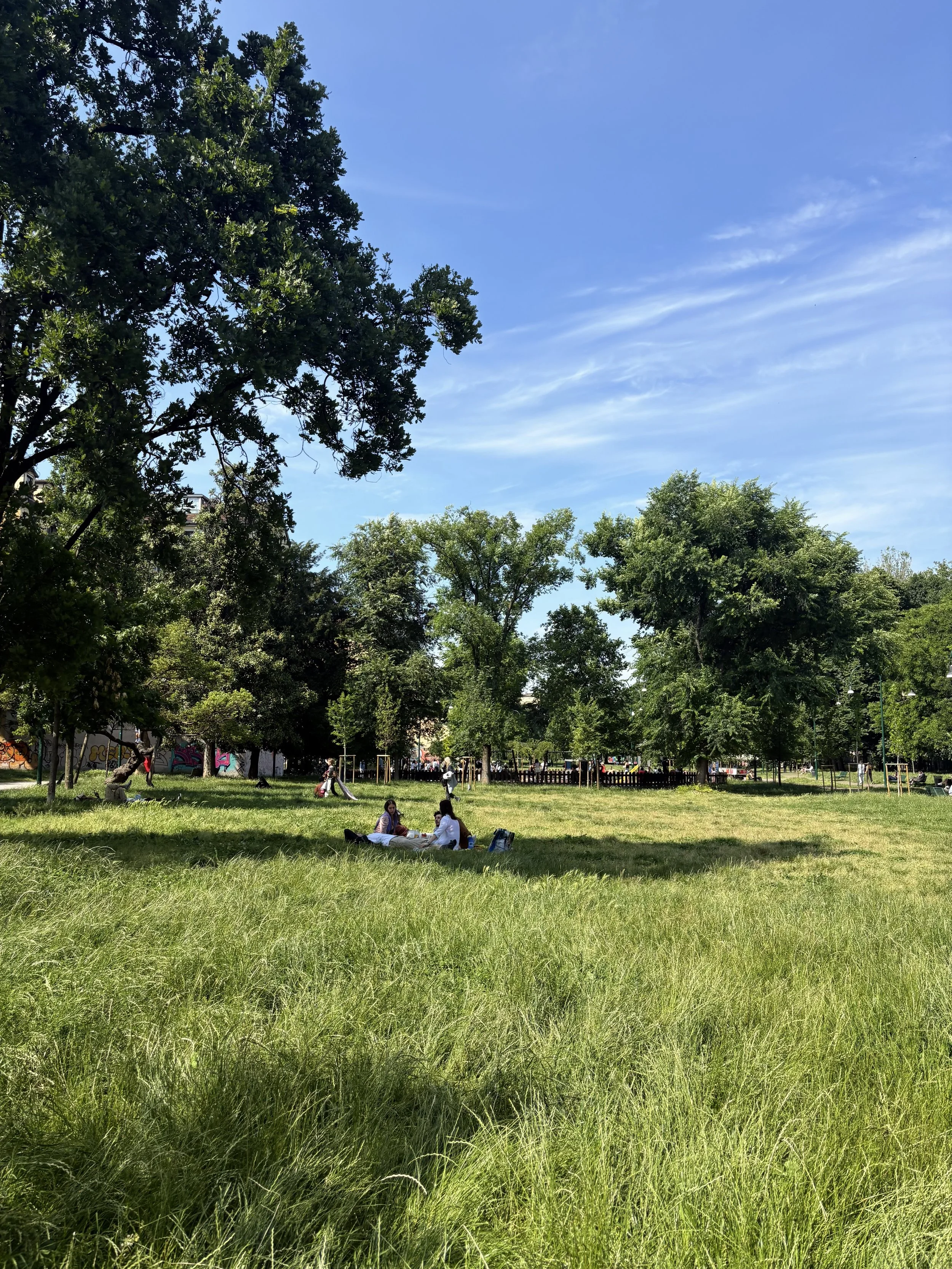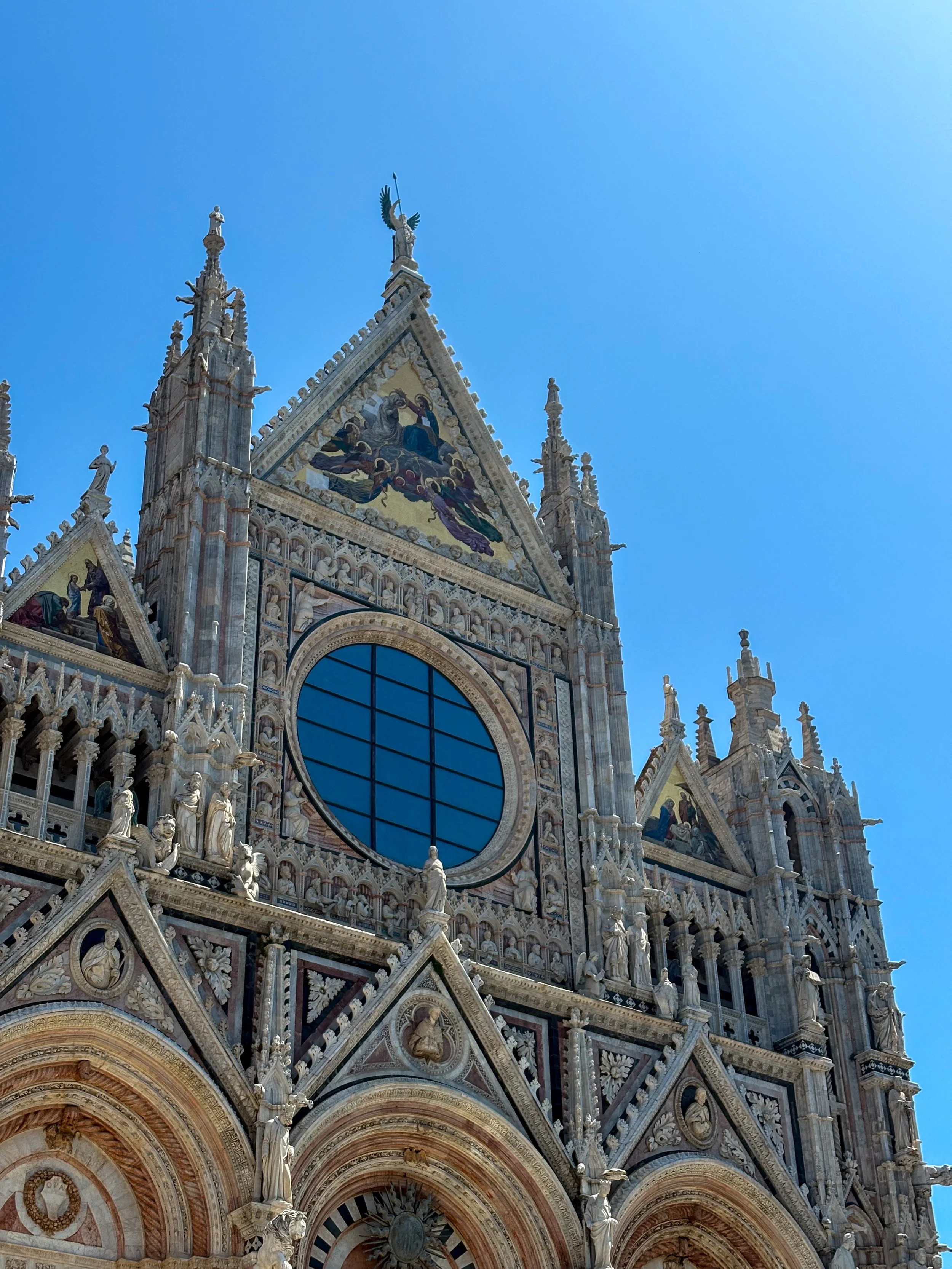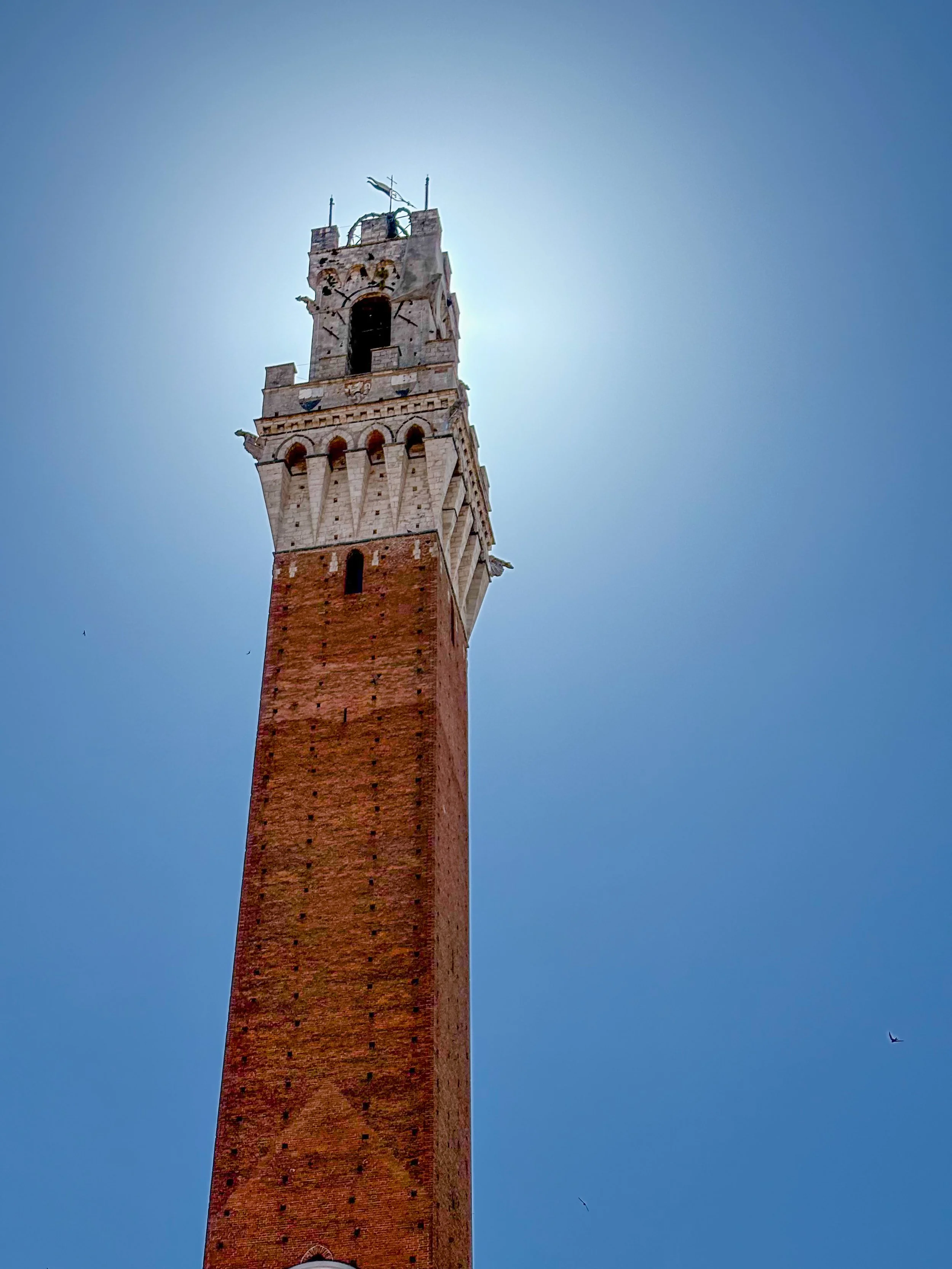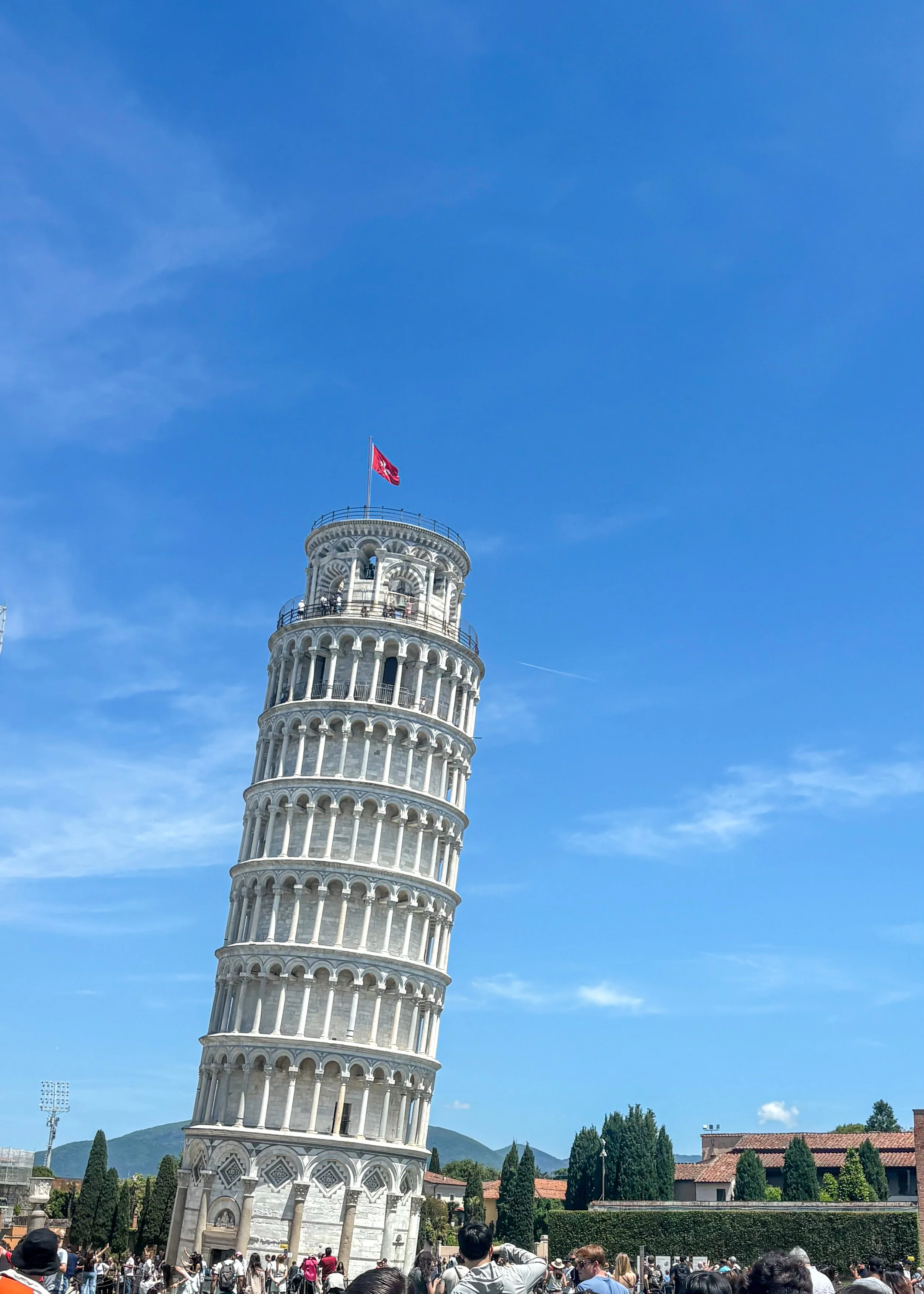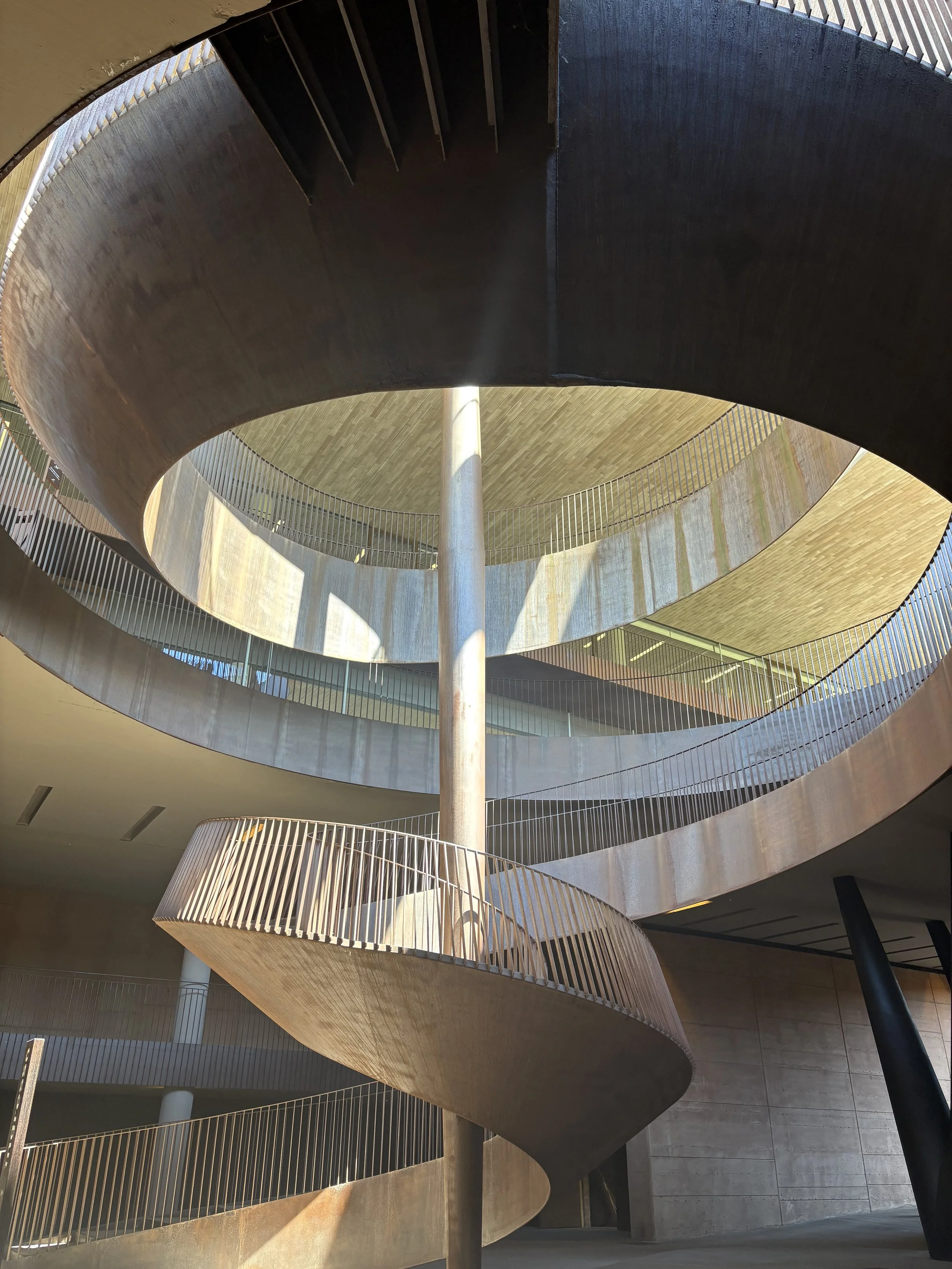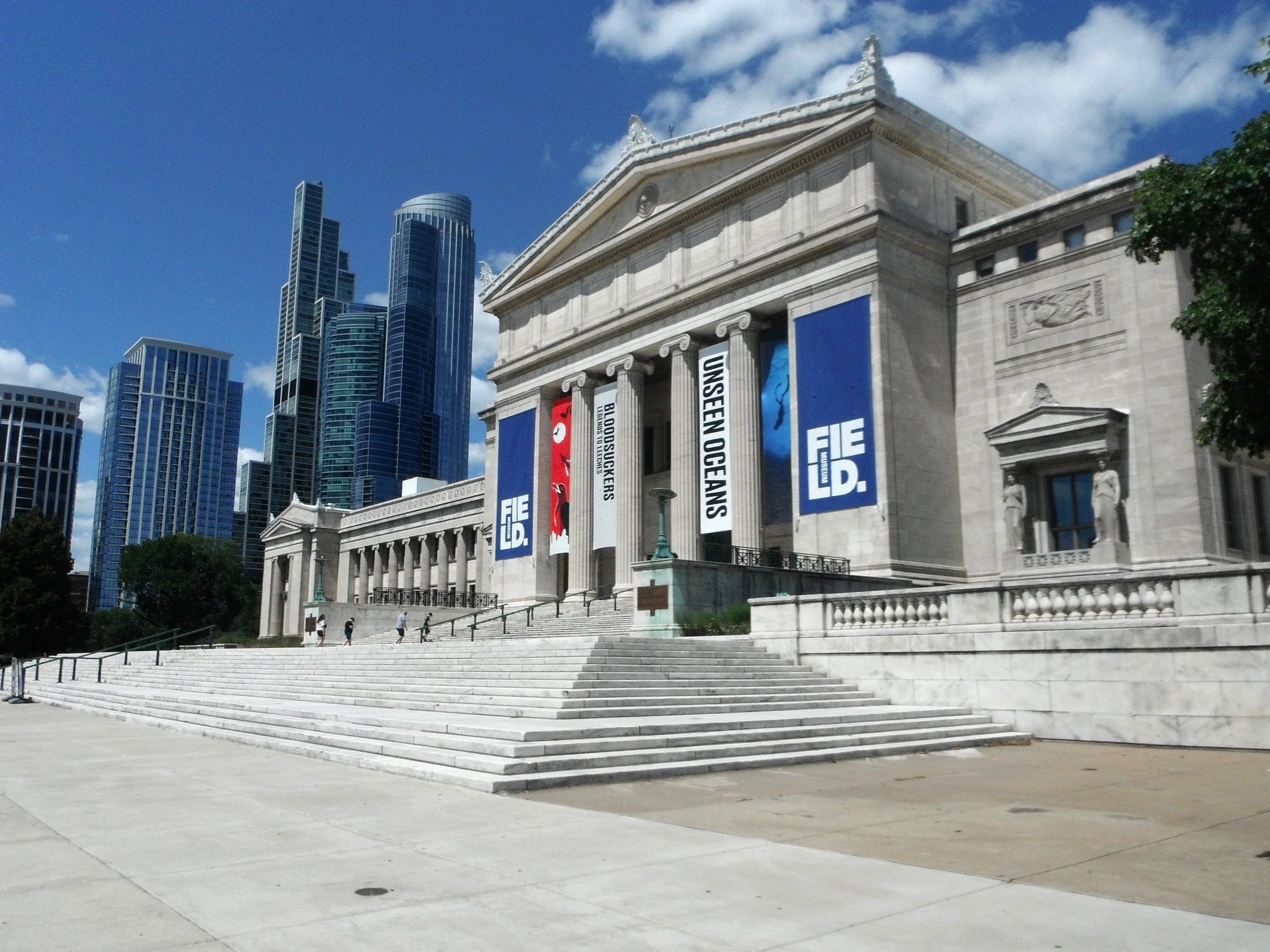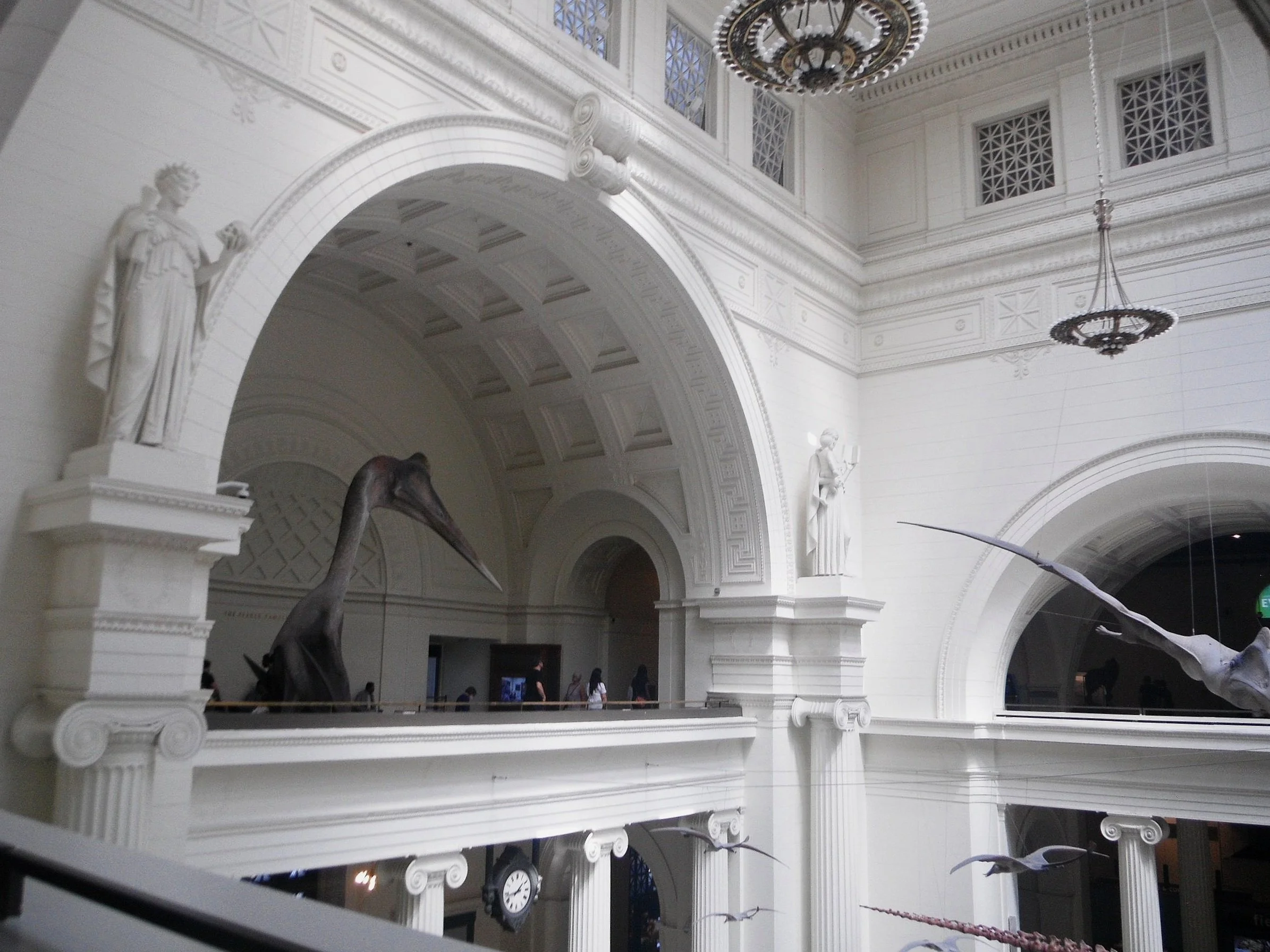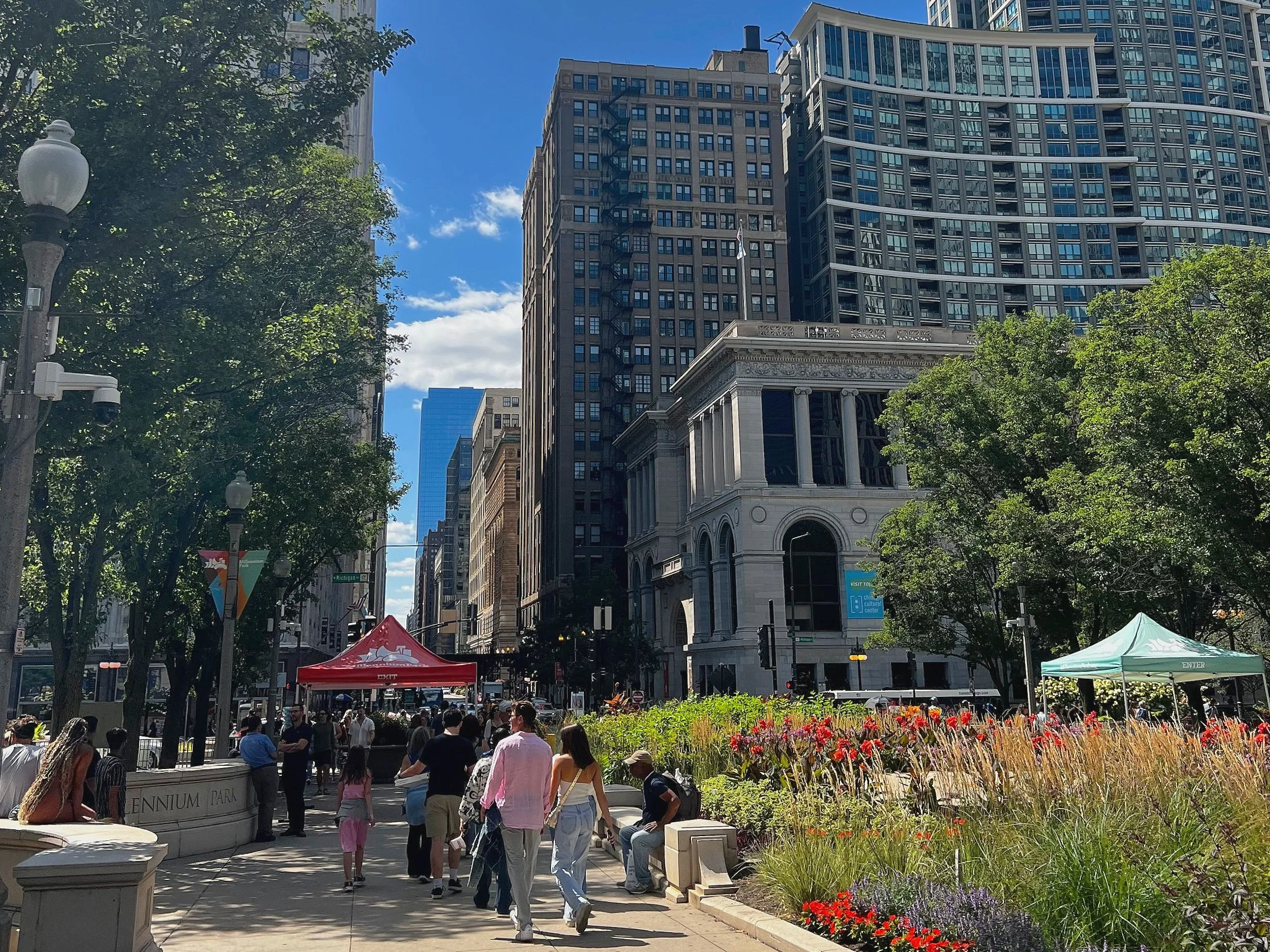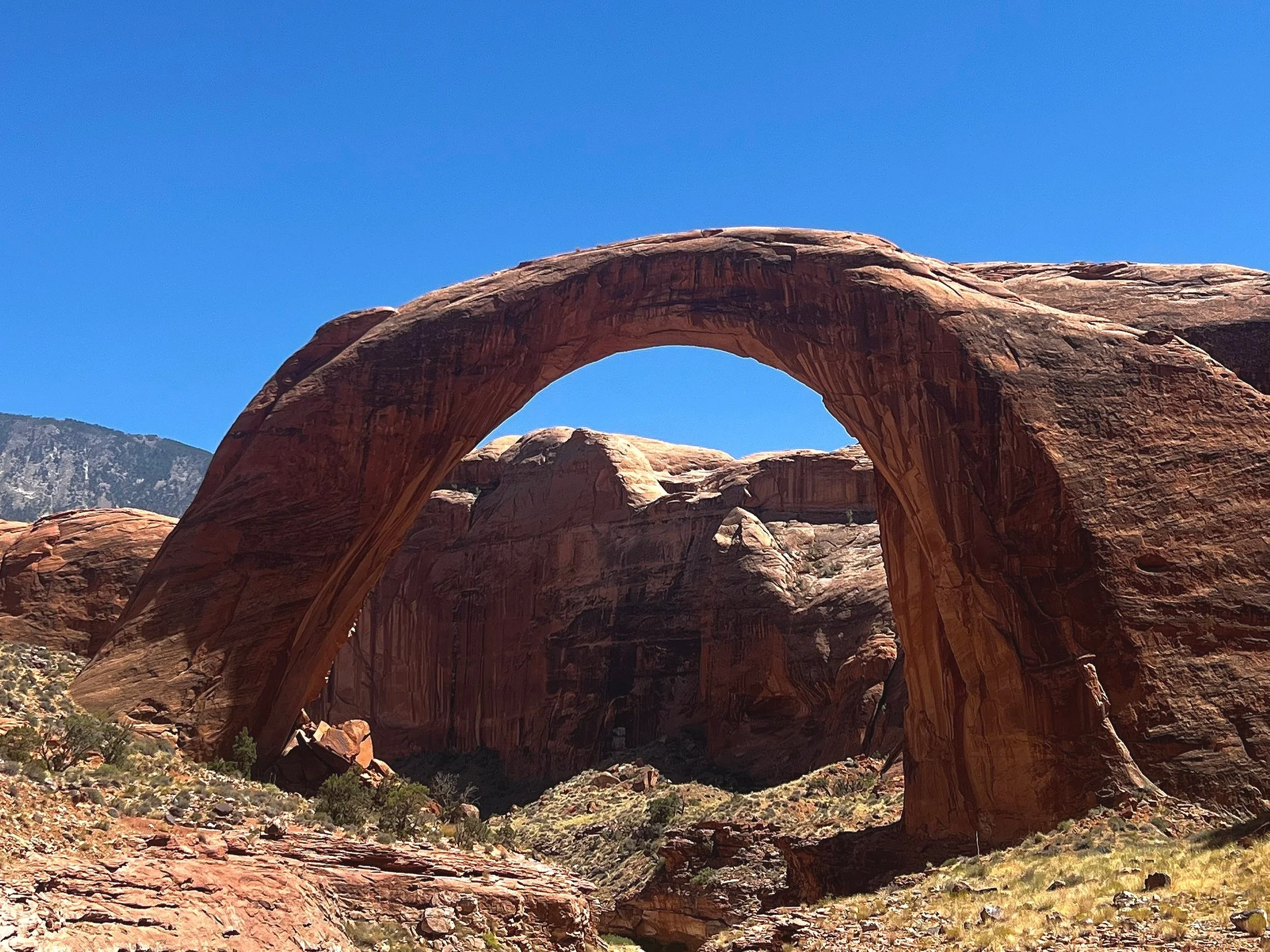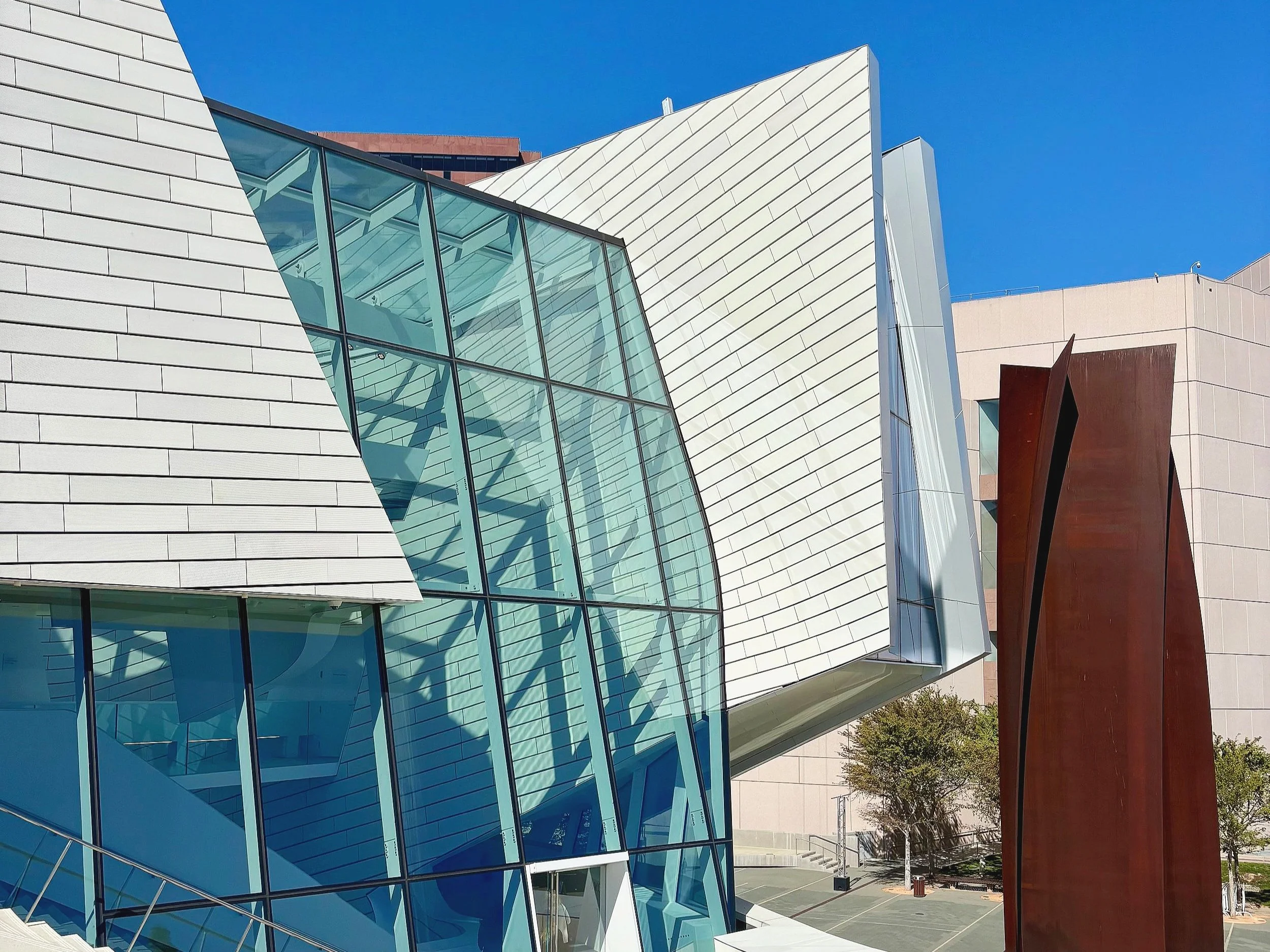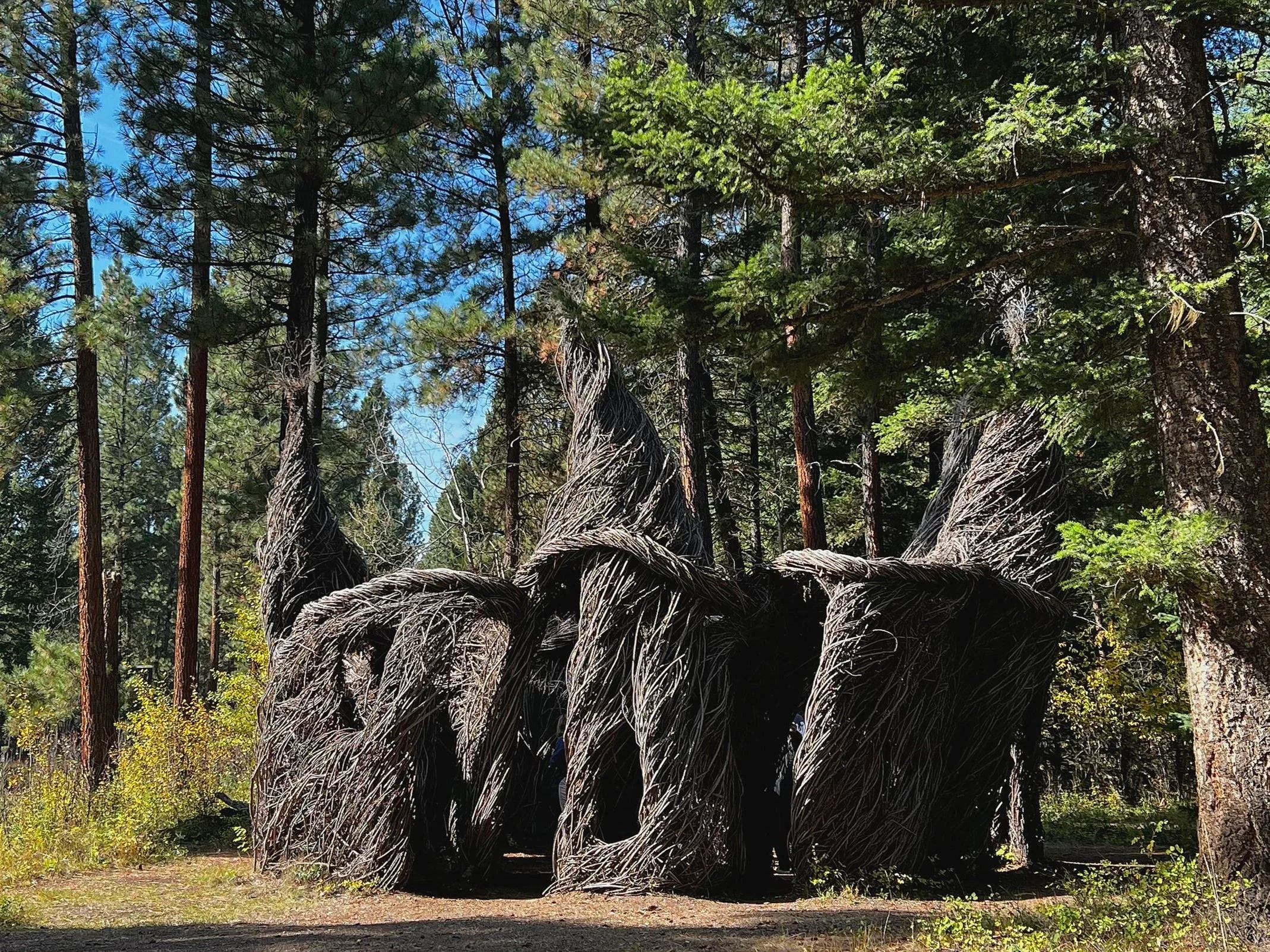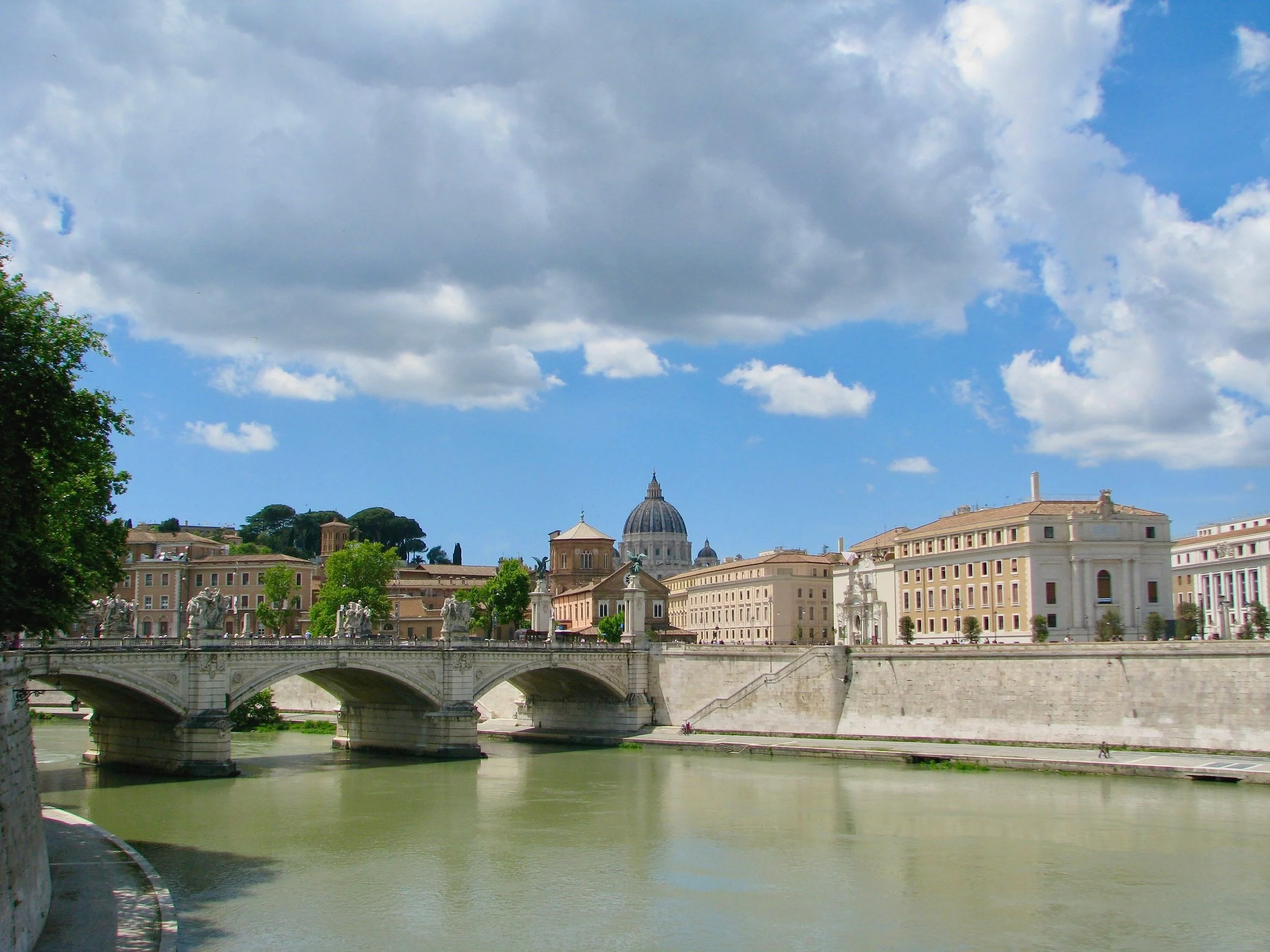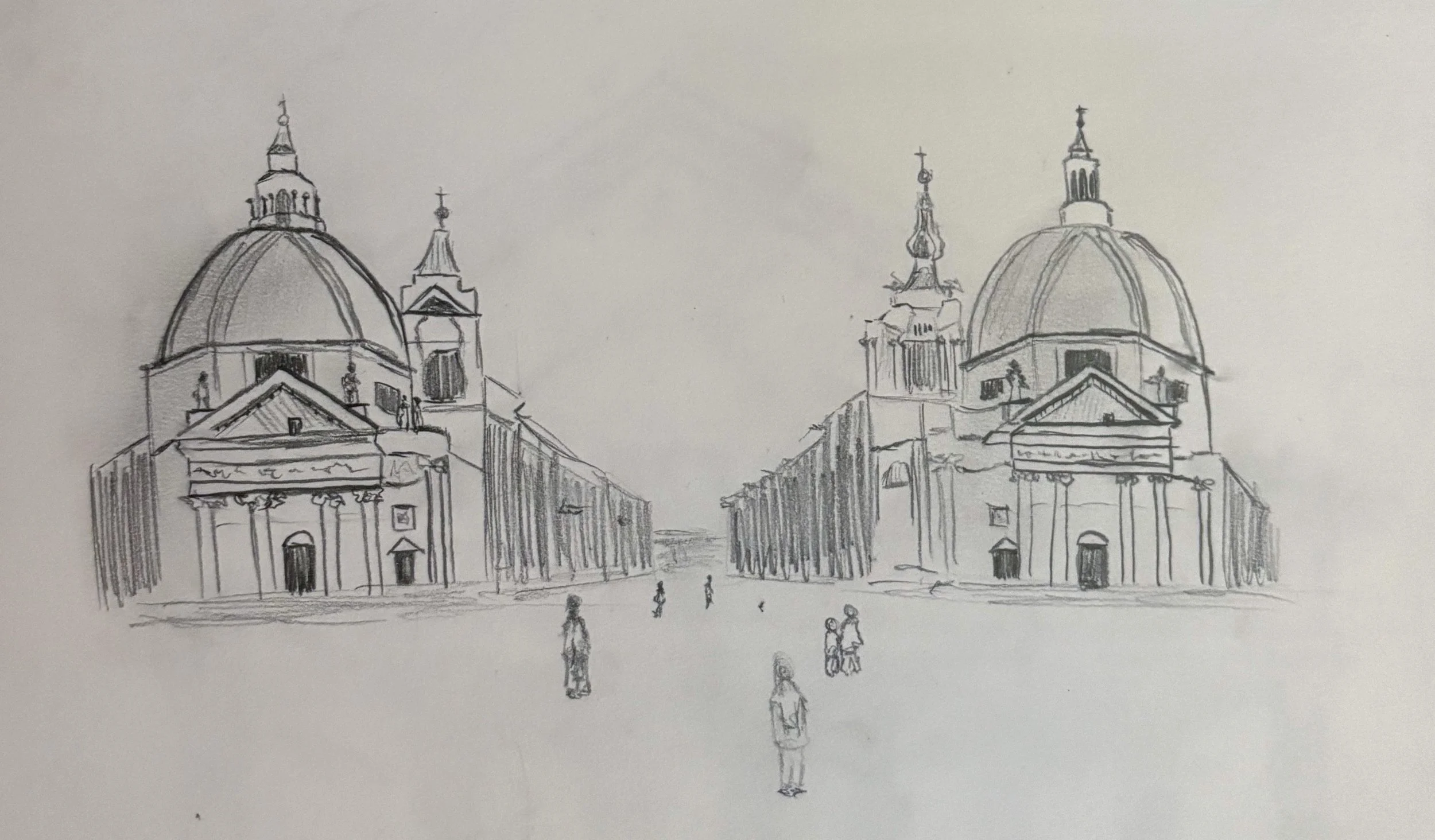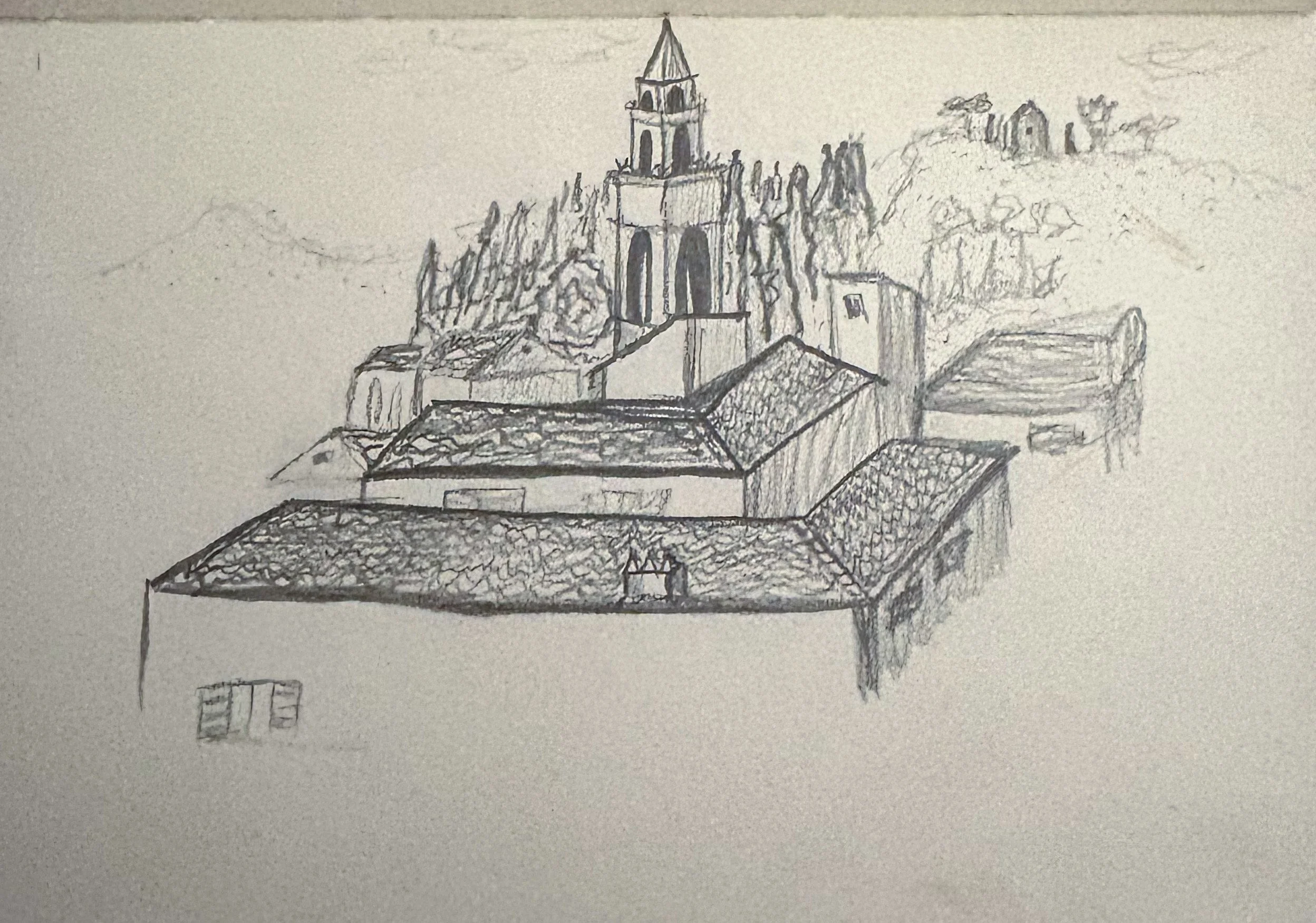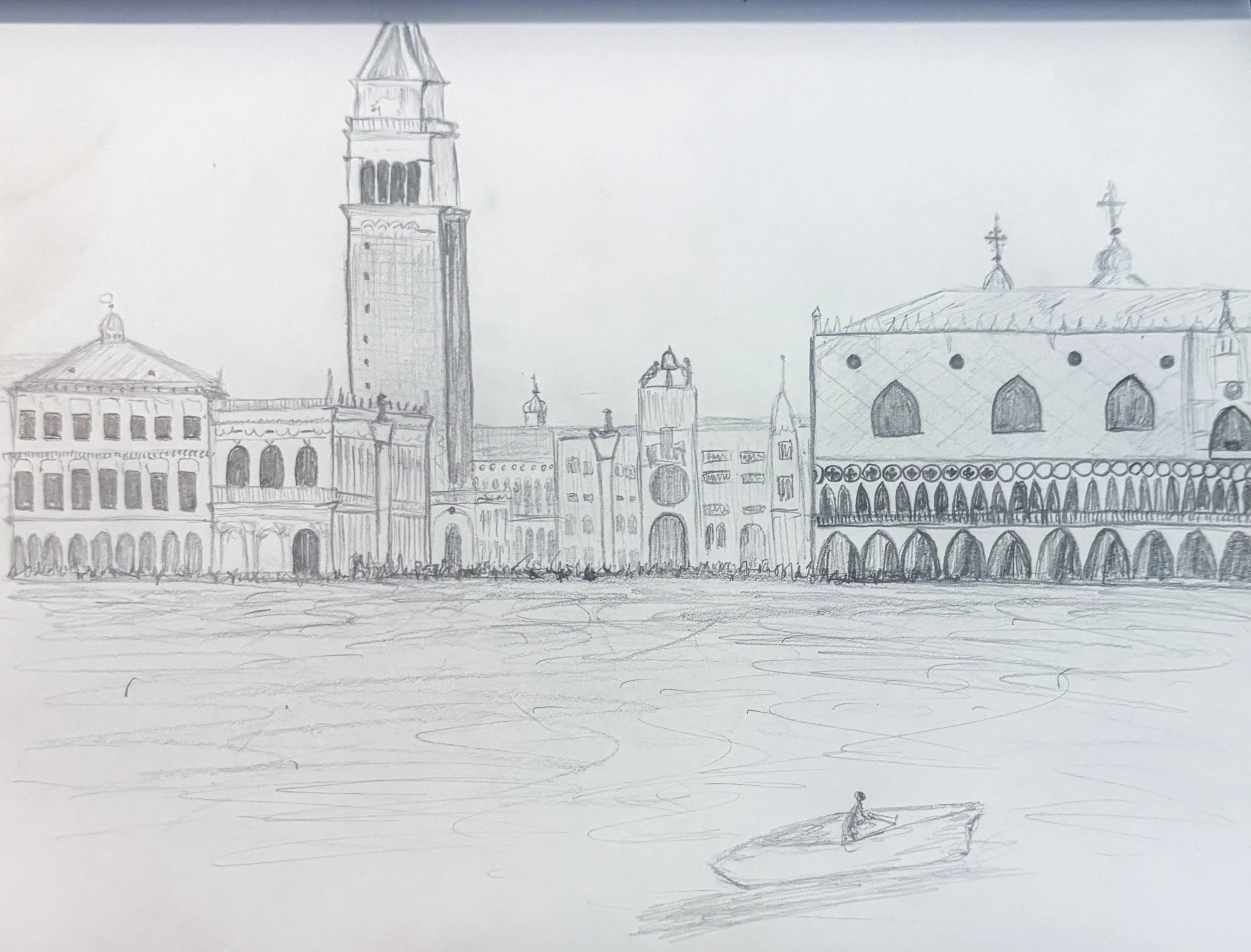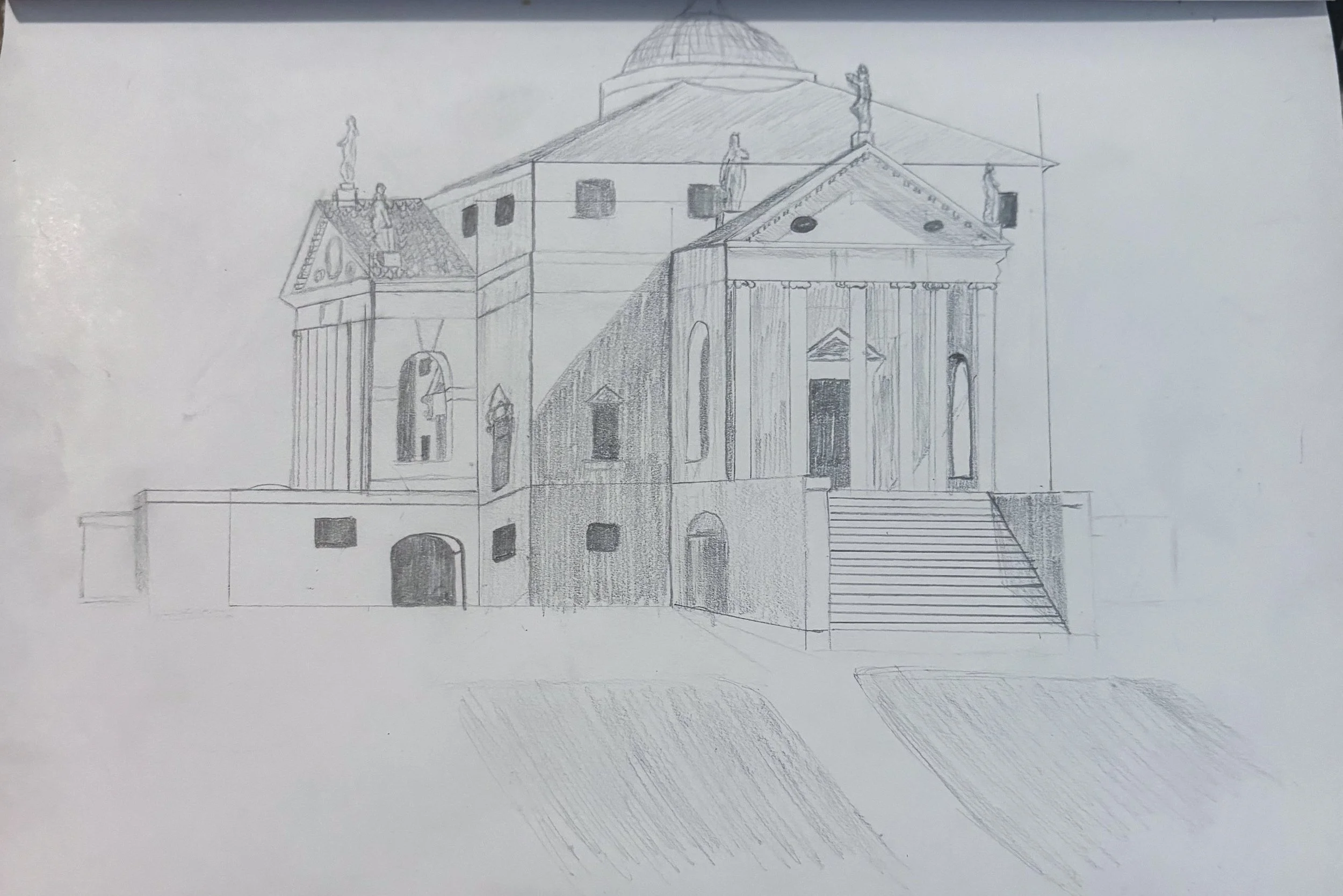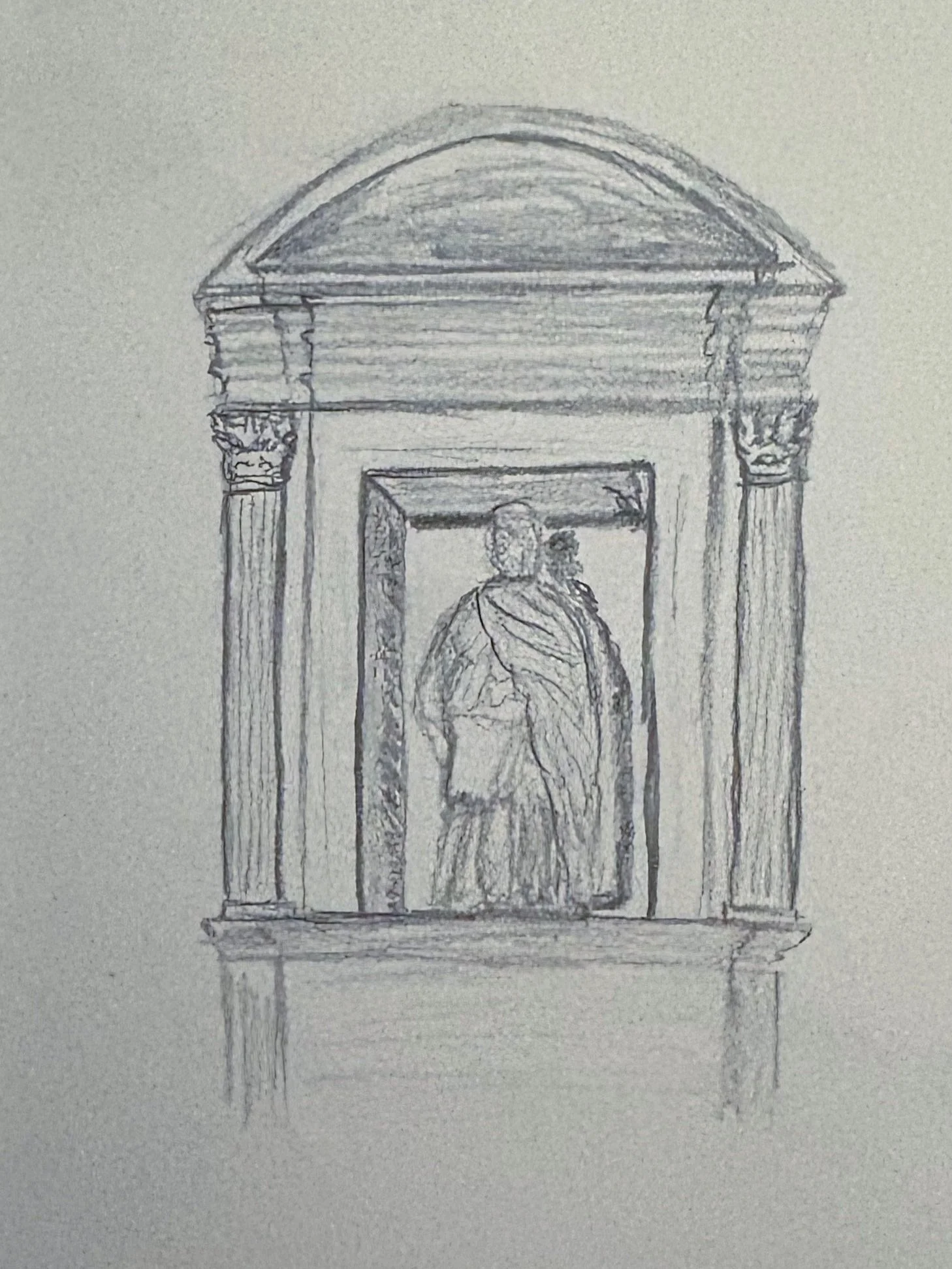Capturing the Built & the Beautiful
*
Capturing the Built & the Beautiful *
From historic streets to contemporary landmarks, my travels have taken me to places where architecture shapes culture and experience. Each journey leaves an imprint, whether that be found in the structures, textures, and stories woven into every place I visit. This collection captures moments of design, light, and landscape, reflecting the spaces that inspire me. Through these photographs, I share glimpses of architecture and beauty that have shaped my perspective.
JAPAN 2025
ROME 2025
FLORENCE 2025
VENICE 2025
GREECE 2024
TIVOLI - MILAN - SIENA - PISA - VICENZA - TUSCANY
CHICAGO
OTHER TRAVELS
Italy Study Abroad
This section captures the essence of my 5-week study abroad journey through Italy—an immersive exploration that took me from the streets of Rome to the Renaissance heart of Florence and the dream-like canals of Venice. Each city served as an extended stay hub, offering not only deep dives into architectural and cultural history but also daily moments of inspiration through sketches, reflections, and photographs.
Throughout the experience, I documented impressions in real time. Whether it was standing beneath the coffered dome of the Pantheon or catching golden light on Venetian facades at dusk. The pages that follow include visual and written snapshots: architecture studies, personal observations, and moments of stillness that shaped how I came to a deeper understanding of place, material, and time.
Alongside our main cities, a series of unforgettable day trips rounded out the ourney. We wandered the ancient villas and cascading gardens of Tivoli, observed modern fashion woven into historic fabric in Milan, admired the leaning yet resilient beauty of Pisa, explored the warm-toned medieval charm of Siena, and studied Palladio’s legacy firsthand in Vicenza.
This blog is both a record and a reflection—a celebration of what I saw, learned, and sketched along the way. From grand basilicas to quiet courtyards, it is a tribute to the richness of Italy and the way travel sharpens our perspective as students of architecture and life.
Reflections in Line and Word
Rome greeted us with a collision of centuries. On the first day, walking past modern storefronts into the heart of the ancient city felt surreal. At every corner, something monumental interrupted the ordinary—whether it was a crumbling column embedded in a wall or the sudden opening of a vast piazza. The layering of time was immediate and everywhere. What struck me most was how unapologetically present the past was. In Rome, ruins aren't isolated in museums; they’re in the middle of your walk to get coffee.
The Pantheon was a moment of quiet awe. I had seen photos, studied the proportions, and learned about the oculus, but standing inside was something else entirely. The way light moved through the space made time visible. The concrete dome felt both impossibly heavy and impossibly light. As I looked upward, the coffered ceiling drew my eye to the circular sky, connecting the sacred with the natural in a single architectural gesture. That moment stayed with me for days, reminding me that some buildings don’t just shelter—they elevate.
At the Roman Forum, I learned to see ruins not as fragments but as clues. Each foundation, arch, and wall section told a story of expansion, collapse, and reuse. The site wasn’t a single narrative, but an overwritten series of edits made over time. I found myself sketching partial columns and broken pediments, not because they were incomplete, but because they were active. They made me think about permanence differently. Good architecture doesn’t necessarily mean survival in perfect form. It might mean adaptability, relevance, or memory.
When we visited the Colosseum, I had imagined its grand scale, but I didn’t anticipate how haunting it would feel inside. The sun cut through the upper levels in streaks, warming the stone but not softening it. I thought about architecture as spectacle, control, and politics, all embedded in this structure. The radial organization, the vomitoria, the engineering of entrances and exits, all spoke to a society that understood the power of space to influence behavior and emotion.
Visiting St. Peter’s Basilica was an overwhelming spatial experience in the best possible way. Its scale almost defies comprehension, but it was the layering of light, material, and ritual that made it feel sacred rather than excessive. Standing beneath Michelangelo’s dome, I noticed how the architecture pulls your gaze upward, not just structurally, but spiritually. Every surface seemed to be in dialogue with the heavens. In contrast, San Paolo Fuori le Mura offered a quieter kind of majesty. With its vast colonnaded nave and golden apse, it felt more grounded, more serene. The contrast between the two spaces showed me that monumental sacred architecture doesn’t rely on grandeur alone; it depends on rhythm, light, and the subtle ways space can hold the sacred.
One of my favorite moments was a simple walk along the Tiber River at golden hour. The city seemed quieter here, filtered through soft light and reflections. It was during this walk that I began to understand Rome not just as a place of monuments, but of thresholds and transitions. The edges of the city (the parts that often go unnoticed) offered the most insight into how people actually live with their built environment. Rome isn’t just grand, but it is also intimate.
Another quiet gem was San Carlo alle Quattro Fontane. The facade alone pulled me in, undulating, elegant, and alive. Inside, Borromini’s manipulation of light and geometry created an atmosphere that felt sacred without being massive. It showed me how space can be shaped by rhythm and restraint. The oval dome, pierced by soft daylight, was subtle yet unforgettable. In a city full of grandeur, this smaller space reminded me that scale is never a limit to impact.
By the end of our time in Rome, I felt both full and humbled. The city never tried to simplify its narrative for me. It invited me to sit with its contradictions. Ancient and modern, sacred and secular, ruin and revival. Every sketch, every corner, every espresso break offered something to observe. What I carry forward from Rome is not just a collection of buildings, but a deeper sense of how architecture lives within a city, and how people shape and reshape its meaning across centuries.
Reflections in Line and Word
One of the most impactful moments came while visiting the Loggia dei Lanzi along the Piazza della Signoria. Though it’s open to the street, the space felt distinctly architectural. Defined not by enclosure, but by rhythm, proportion, and the framing of movement. The way the arches opened to the city while housing powerful sculptures created a unique blend of public and ceremonial space. It blurred the line between architecture and sculpture, between building and city. Spending time sketching there helped me understand how spatial boundaries can be implied, not just built, and how civic space can carry as much emotional weight as a sacred one.
Outside of ecclesiastical architecture, Florence offered urban experiences that felt incredibly alive. Crossing the Ponte Vecchio, I was surprised by how seamlessly the structure combined infrastructure and daily life. Shops perched over the river, people pausing for sunset views, and the sounds of a guitarist echoing off the stone created an experience that was part architecture, part atmosphere. Florence showed me that buildings are only one part of a city’s design, and the street is a space, too. The bridge reminded me that architecture can be both connective and inhabited, offering not just passage but presence.
The Uffizi Gallery was overwhelming in the best way. As I moved through the long corridors of Renaissance masterpieces, I noticed how the building itself curated the experience using sequential rooms, framed views, and subtle changes in ceiling height to help pace my movement. The building wasn’t just a container; it was a narrative. And from the upper windows, glimpses of the Arno reminded me that even as I looked inward at the art, the city was still unfolding just outside.
Living in Florence (even briefly) meant adopting its pace. Morning cappuccinos, evening walks, and spontaneous sketching breaks in Piazza della Repubblica shaped my relationship with the city. I started to appreciate how architectural rhythms mirrored the rhythms of daily life. Narrow streets opened suddenly into large piazzas, much like the way days here moved from quiet moments to bursts of activity. The city’s form mirrored its lifestyle.
Another highlight was exploring the Boboli Gardens, where landscape and architecture blended into a sculptural sequence of spaces. Walking up gravel paths framed by hedges, turning corners to discover grottos, fountains, and axial views of the city, I began to understand how landscape design could act as spatial storytelling. The Medici influence was everywhere. Power expressed not through scale alone, but through control of experience. The gardens shifted my focus from buildings to terrain and taught me that movement itself can be designed.
Florence felt instantly more intimate than Rome. Where Rome was layered and expansive, Florence was proportioned and precise. The scale of the city invited observation. Quiet courtyards, repetitive window rhythms, and warm-toned stone. Walking through the historic center, I realized how consistent materials and urban scale contribute to a sense of cohesion. Florence wasn’t just beautiful, it was composed.
Climbing to the top of Brunelleschi’s dome was a defining moment. Inside the cathedral, the painted interior of the dome felt dramatic and immersive, but it was the structure of the dome that captivated me most. Climbing between the inner and outer shells revealed the hidden logic of the design—an engineering marvel that felt surprisingly modern. From the top, the red-tiled city unfolded like a tapestry, and from then on, I understood how the Duomo anchors Florence visually, spiritually, and historically.
In contrast, visiting San Lorenzo and Santo Spirito, also by Brunelleschi, offered a different kind of clarity. Their interiors were less about drama and more about proportion. The rhythm of the columns, the soft diffusion of light, and the harmony of measurements created a sense of calm that I rarely find in modern buildings. These spaces made me rethink the idea of simplicity, not as a lack of complexity, but as an intentional clarity of thought.
Florence also gave me a chance to observe how people inhabit historic spaces in everyday life. Seeing locals gather on church steps, students sketching in courtyards, or people chatting over aperitivo in sunlit piazzas made it clear that the city's historic core isn’t just preserved—it’s lived in. This coexistence of past and present felt effortless. As a student of architecture, it gave me hope that buildings don’t need to be frozen in time to be respected. They can evolve with the people who use them.
Florence taught me that architecture doesn’t have to dominate to leave a lasting impression. In a place so saturated with history, it was often the quietest buildings that resonated most. A proportioned column, a filtered shaft of light, or a perfectly placed window said as much as a massive dome. I left Florence with a deeper respect for restraint and a better understanding of how architecture can reflect not only beauty but clarity and thoughtfulness.
Reflections in Line and Word
Venice revealed itself slowly, almost like a dream. Stepping out of the train station and immediately seeing the Grand Canal was disorienting in the most beautiful way. The city felt like a stage set in motion, with no transition from travel to immersion. The absence of cars, the rhythm of footsteps on stone, and the constant presence of water created a city that moved at a different pace. Everything seemed closer, quieter, and more ephemeral. Even the short walk to our hotel felt cinematic, as if we’d crossed into a world where time was suspended and detail mattered more than direction.
One of the most immersive spaces I encountered was the Basilica di San Marco. From the outside, it was already layered with history. Byzantine arches, gold mosaics, and a sense of grandeur that felt both religious and civic. Inside, however, it became something else entirely: dimly lit, glittering, and mysterious. The architecture didn’t guide you clearly but surrounded you with patterns and shadows. I was used to reading space in plan or section, but this space asked me to feel it instead. It was sacred, not because it was orderly, but because it was overwhelming.
By contrast, visiting San Giorgio Maggiore by Palladio across the lagoon offered a completely different experience of sacred space. Everything was calm and measured. The symmetry, classical proportions, and controlled daylight gave the church a kind of architectural dignity that invited reflection. What struck me most was how it framed the view back toward Venice from its steps. That axis, stretching across the water, reminded me that Palladio understood not just form and detail, but placement. That architecture is also about what it connects.
Another standout moment was exploring Carlo Scarpa’s Querini Stampalia. This space was unlike anything I’d experienced before. Scarpa’s details were deliberate and poetic. Brass joints, stone thresholds, and the way water was allowed to enter and animate the space. There was a sense of dialogue between old and new, between permanence and movement. It taught me that restoration doesn’t have to hide the past or mimic it; it can speak to it with care and clarity.
Venice also challenged my understanding of urban space. The city doesn’t organize itself like others do. There are no cars, no grand boulevards. Streets are narrow and often end abruptly in canals or tiny courtyards. Getting lost wasn’t just common—it was inevitable. But in that wandering, I started to notice the texture of the city: the wear on marble steps, the leaning facades, the way laundry strung between windows softened the geometry of the alleyways. It felt alive in a quiet, uncurated way.
The Biennale added a layer of contemporary dialogue to the historic setting. Moving through the pavilions, I was reminded that architectural ideas aren’t static—they evolve. Seeing experimental installations against the backdrop of 18th-century buildings was energizing. It helped me see how new work doesn’t erase what came before, it adds to it. Venice, as a host, made that point especially clear: this is a place where history and invention coexist.
One afternoon, I wandered through the Rialto Market and nearby bridges, where the textures of daily life felt most vivid. This wasn’t the Venice of postcards; it was the Venice of fresh produce, voices calling out prices, boats unloading crates, and locals navigating narrow passages with practiced ease. I realized how deeply water and commerce are intertwined here, not just historically, but right now. The market’s structure itself was modest, but it framed an experience rooted in repetition, exchange, and community. It reminded me that good architecture doesn’t have to be monumental—it just has to hold what matters.
I spent one morning just observing how water interacts with architecture here. Docks became thresholds, reflections animated facades, and rising tides left their traces along brick and stone. This constant negotiation with water made me more aware of how buildings adapt over time. In Venice, the edge condition isn’t just a line on a plan. It’s a shifting, breathing reality. The city's fragility is visible, but so is its resilience.
Leaving Venice, I felt changed. Not in a dramatic way, but in the way that only quiet observation can create. The city didn’t teach me to build taller or louder. It taught me to pay attention. To detail, to atmosphere, to the space between things. Venice reminded me that architecture can be subtle and still unforgettable. That memory can be anchored not just by form, but by feeling.
Reflections in Line and Word
Siena had a warmth and cohesion that felt entirely different from the other cities we visited. The Campo was the heart of it all, a fan-shaped piazza that pulled people inward, creating a natural bowl of interaction. Its shape and slope made it feel like architecture turned inside out: a building in negative space, shaped by community. The city’s material honesty and lived-in charm reminded me that human-scale design is timeless, and that urban planning doesn’t need to be grand to be powerful and form a strong sense of community.
In Pisa, the Piazza dei Miracoli felt like a carefully curated composition. The Leaning Tower, the Cathedral, and the Baptistery weren’t just aligned spatially but they seemed to be in conversation. I was surprised by how large the space felt in person, how clean the lawn was, how the buildings appeared almost sculptural against the flat plane of green. The lean of the tower was, of course, its most iconic feature—but what stayed with me was the elegance of the entire ensemble. Sketching the forms helped me notice the rhythmic arcades, the marble inlays, and the overall restraint in design. Pisa reminded me that sometimes it’s not a building’s perfection, but its imperfections, that make it unforgettable.
Vicenza was an architectural pilgrimage for anyone who’s studied Palladio. Seeing the Teatro Olimpico in person was surreal, stepping into a Renaissance theater that still carried the illusion it was designed to create. The false perspective stage set was captivating, a reminder that architecture doesn’t always have to be real to be effective. Later, visiting Villa Rotonda, I was struck by its serene geometry and site placement. It sat with dignity atop a hill, symmetrical in all directions but open to the surrounding landscape. Walking its perimeter, I thought about balance, between architecture and nature, between theory and experience. Vicenza left me with a deeper appreciation for how spatial ideas can endure when rooted in clarity.
Driving through the Tuscan hills felt like watching a painting come to life. Cypress trees, golden light, vineyard rows leading the eye across gentle slopes. Visiting the Antinori Winery was an architectural surprise: a modern insertion into this historic landscape that somehow didn’t feel disruptive. The building’s long, horizontal form, corten steel skin, and stepped terraces blended into the earth like it had grown there. Inside, the sequence of ramps, views, and shadowed spaces created a slow, grounded procession. It was a reminder that architecture can be both quiet and monumental. Tuscany as a whole showed me how deeply rooted design can still be daring, and how nature and built form can enhance one another when they’re allowed to listen.
Tivoli was a sensory experience from the moment we entered Villa d’Este. The garden’s layout was dramatic, with water as its most active design element—rushing, echoing, misting, reflecting. Every turn offered a new reveal, staircases carved into the landscape, terraces opening to views, sound shaping the atmosphere as much as the stone. Exploring Villa Adriana, I found a quiet contrast: a sprawling, almost fragmentary city of ruins where form and imagination had to work together. It showed me how architecture can be experienced as both history and hypothesis.
Milan’s energy was immediate and vertical. Arriving at the Duomo di Milano, I was overwhelmed by its ornamentation. Spires, statues, and shadows stacked into the sky. Milan also introduced me to contemporary reuse through a visit to Fondazione Prada. The contrast between sleek galleries, raw industrial textures, and bold material palettes was striking. It showed me that preservation doesn’t have to mean restoration, it can mean layering the past with intention. Milan left me thinking about architecture’s role in identity, and how cities project both tradition and future ambition.
What Remains
Looking back on these five weeks, it’s hard to put into words just how much this experience reshaped the way I see architecture and the world. Each city offered something entirely different. Rome gave me a respect for endurance and complexity. Florence showed me the power of proportion and restraint. Venice taught me to observe the quiet details and the spaces in between. The day trips filled in the rest, not as side notes but as essential pieces of a larger mosaic. No single place defined the trip; rather, it was the rhythm of contrast that made it unforgettable.
More than just buildings, what I noticed most were the relationships between architecture and life. Churches were active places of gathering, silence, and ritual. Piazzas served as stages for everyday life. Even ruins held meaning, not in their perfection, but in how people continued to live around and through them. I began to understand architecture not as something frozen in time, but as something lived, adapted, and experienced. Sketching these spaces made me more observant, and writing about them helped me internalize what I saw.
I also came to see architecture as a language that shifts subtly across regions, cultures, and generations. Sometimes it is spoken boldly in domes and columns, and other times it whispers through a worn threshold or the slant of afternoon light on stone. Studying Italian architecture in context brought clarity to ideas I had only seen on paper before: symmetry, hierarchy, materiality, and procession. But more than theory, I began to understand the emotional and social weight that space can carry—how buildings shape memory, mood, and movement.
As I return home, I know I will carry this experience into how I design, draw, and think. Italy didn’t just teach me about architectural history; it gave me a deeper sense of what it means to build with intention. I’m leaving with a sketchbook full of lines, a camera roll full of light, and a renewed sense of curiosity. What I gained most wasn’t just knowledge, but a kind of attentiveness. I’ve developed a habit of looking closer, asking deeper questions, and remembering that the best architecture doesn’t just stand—it stays with you.
“For every house is built by someone, but God is the builder of everything.”
— Hebrews 3:4

